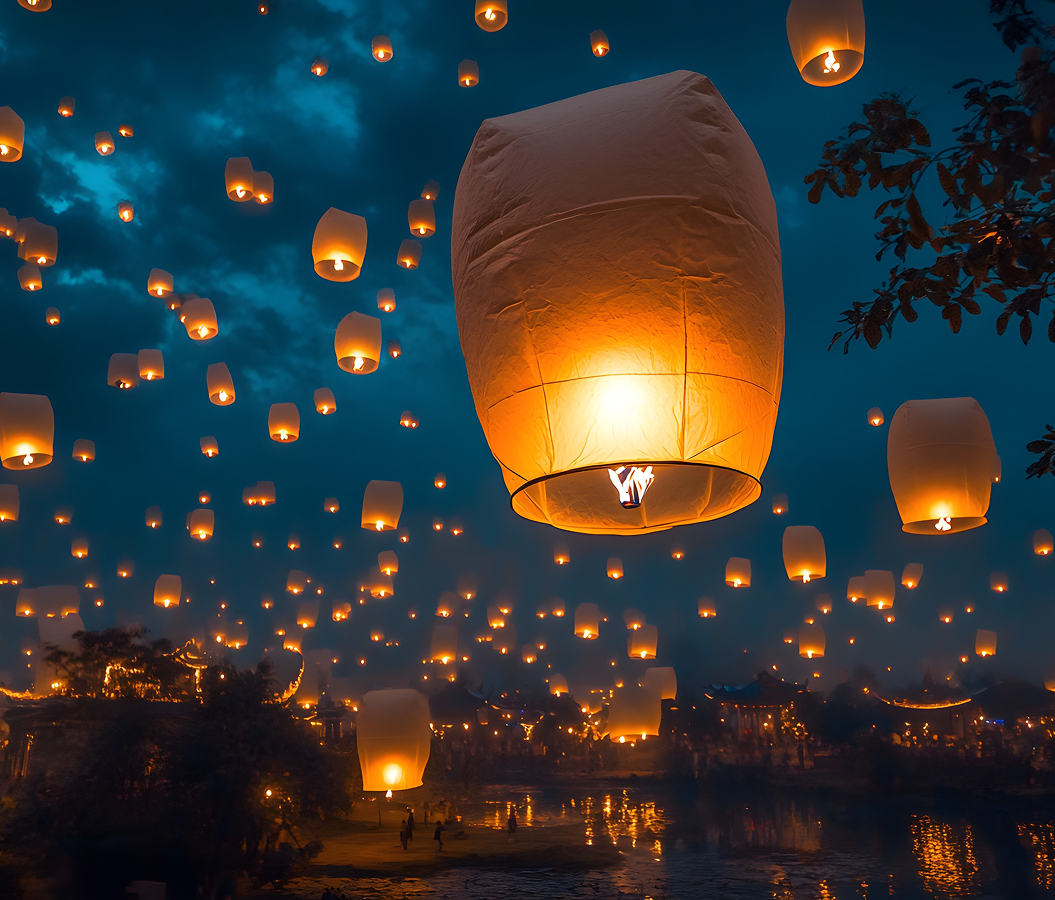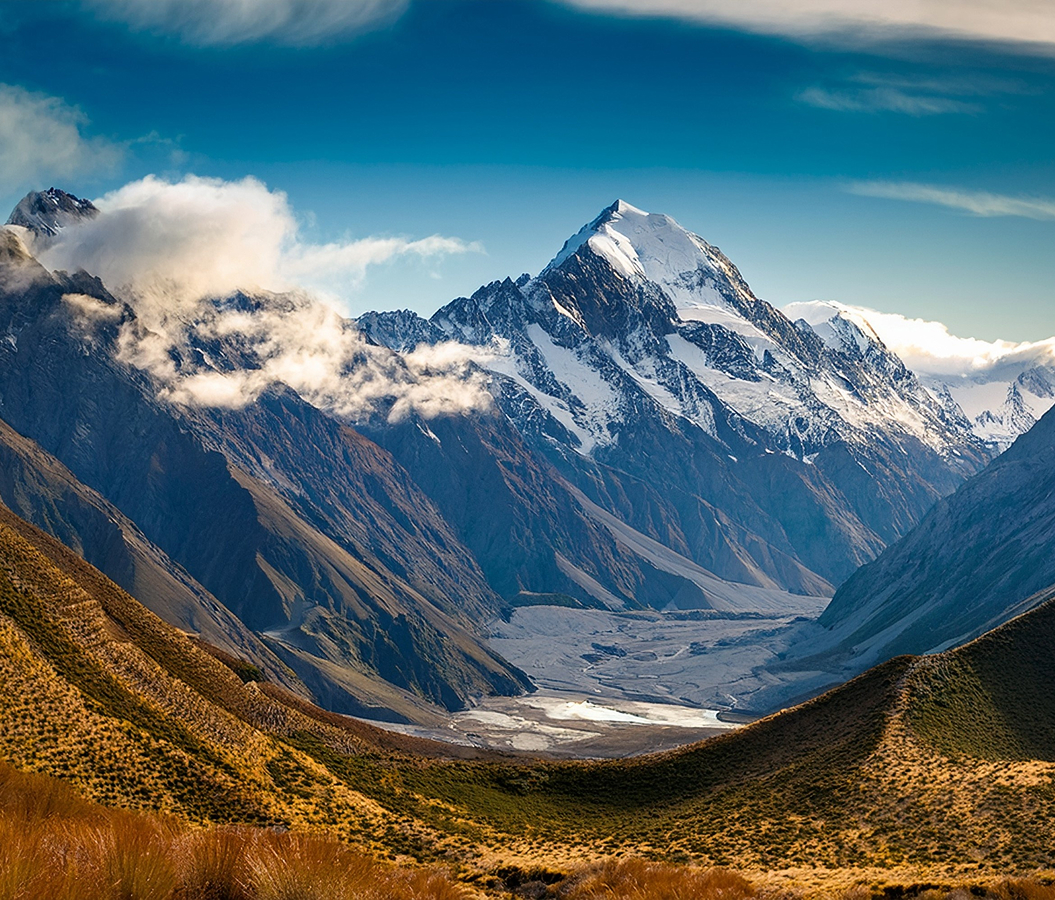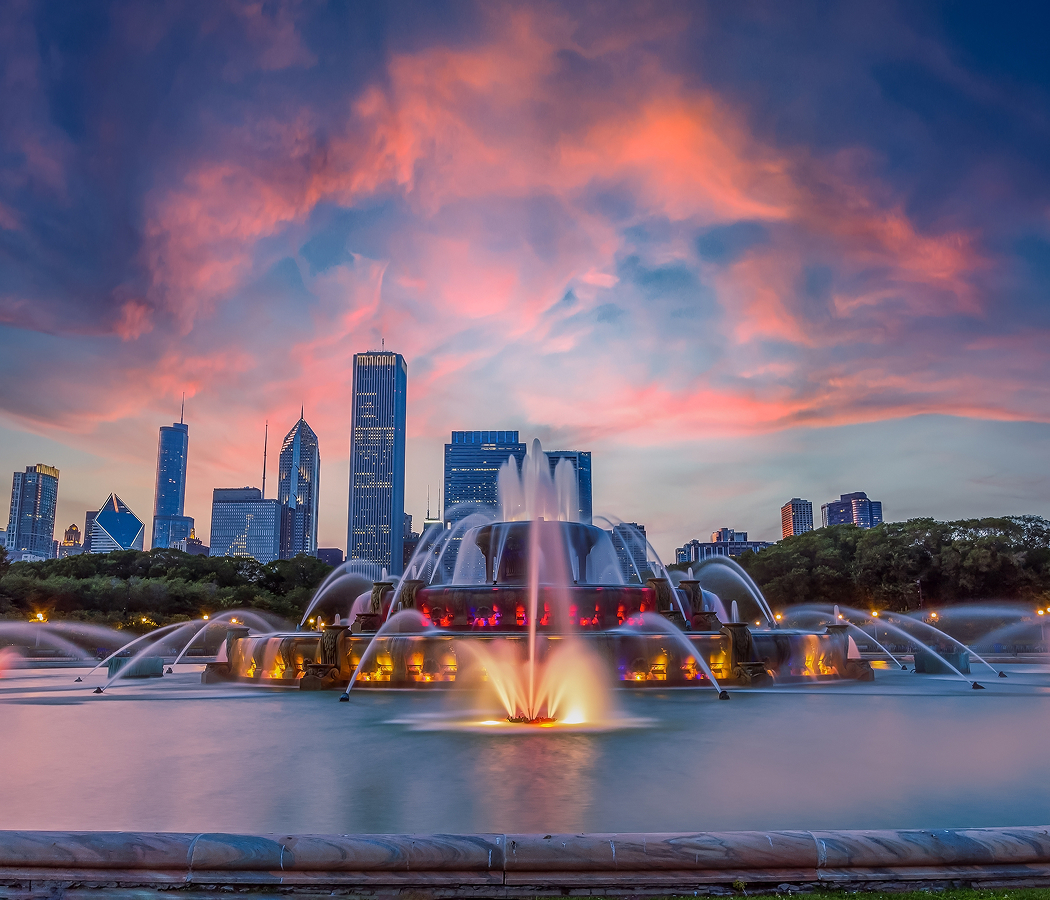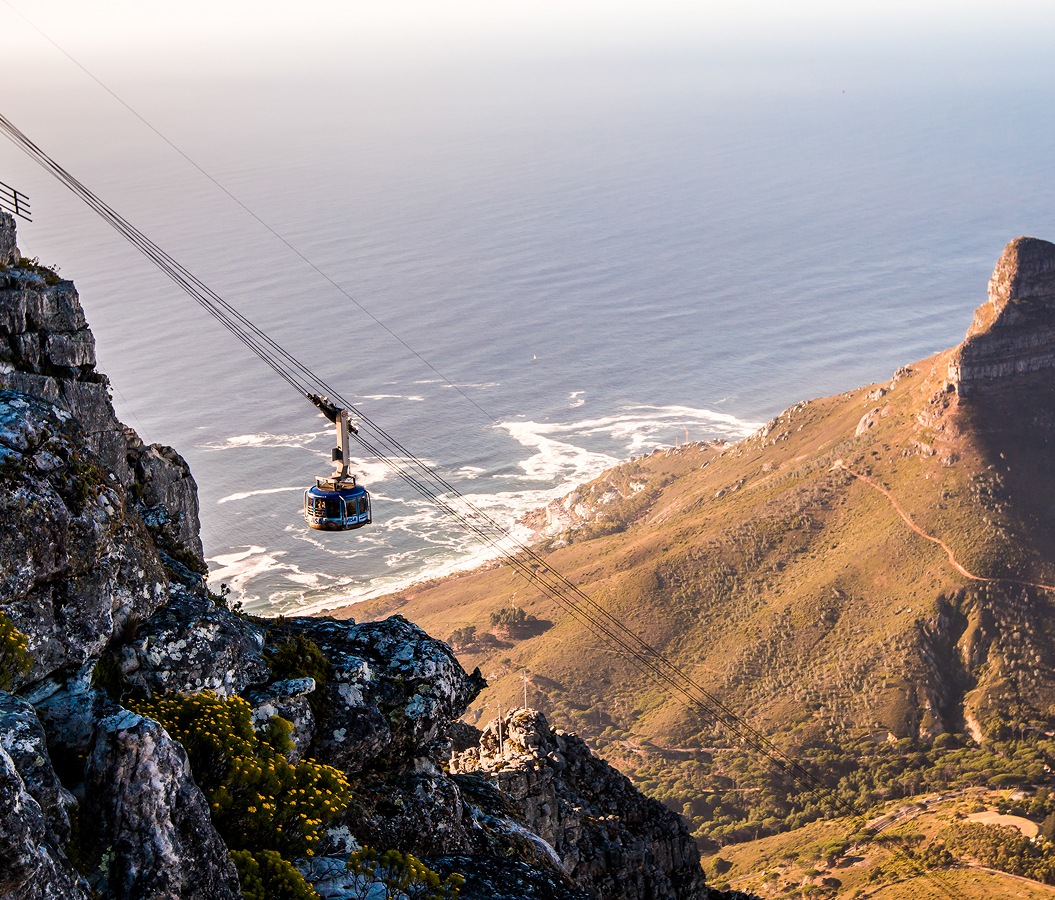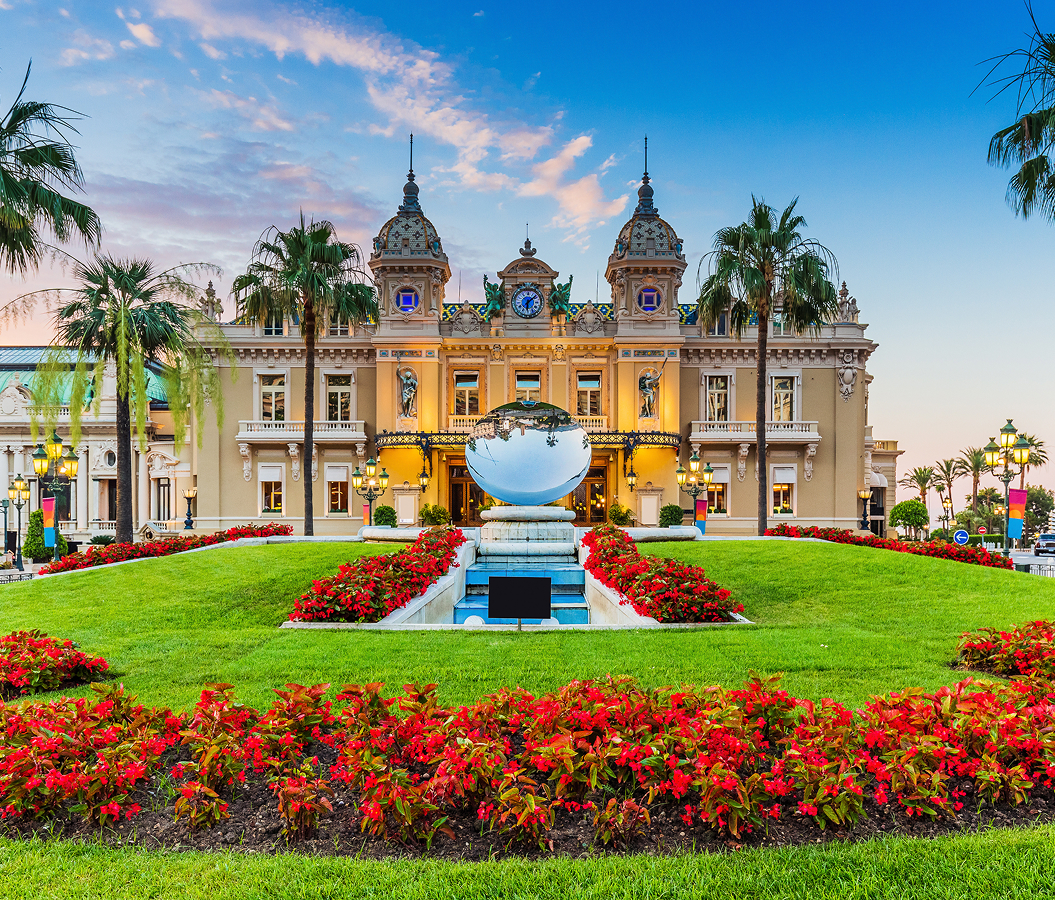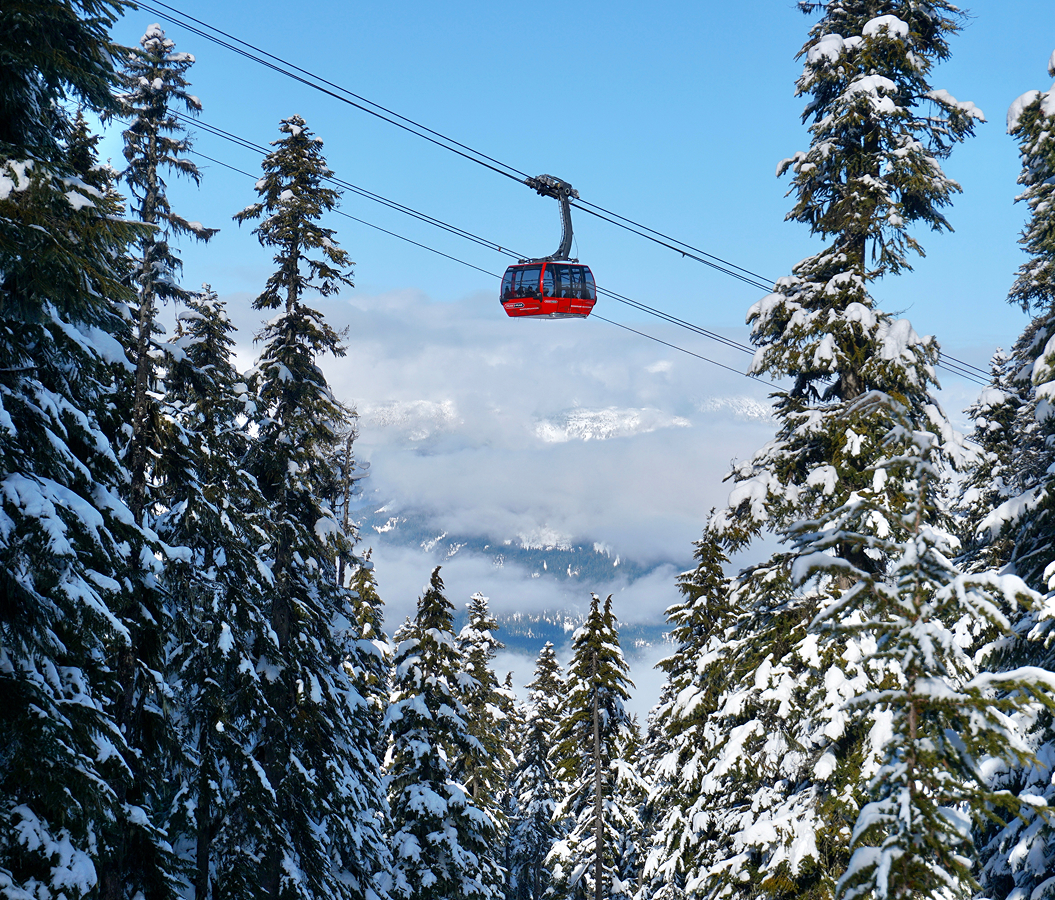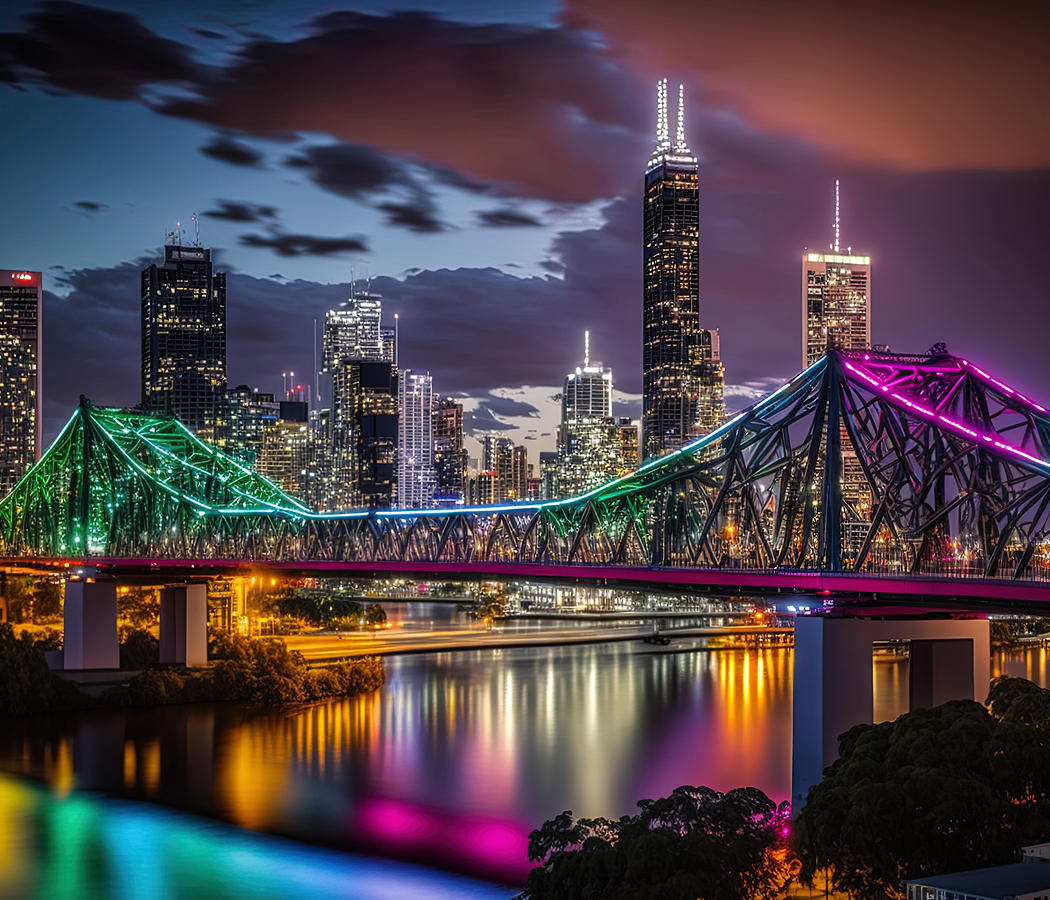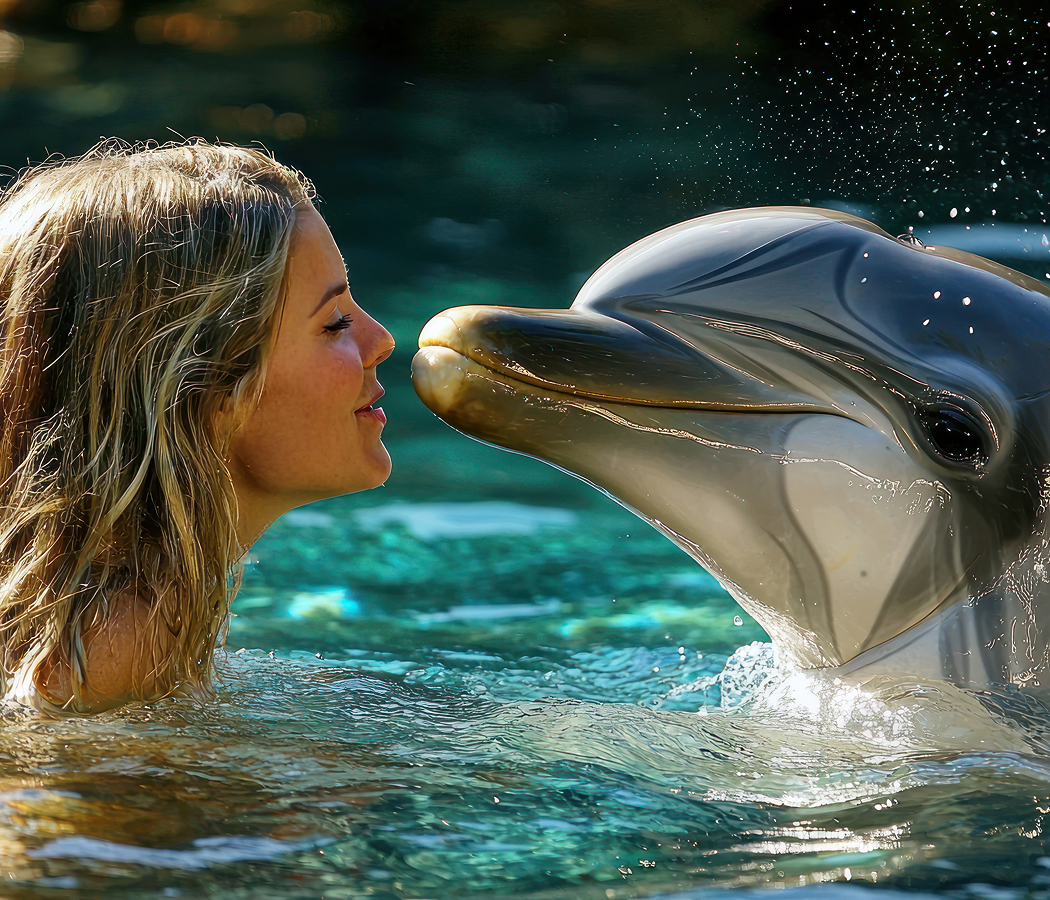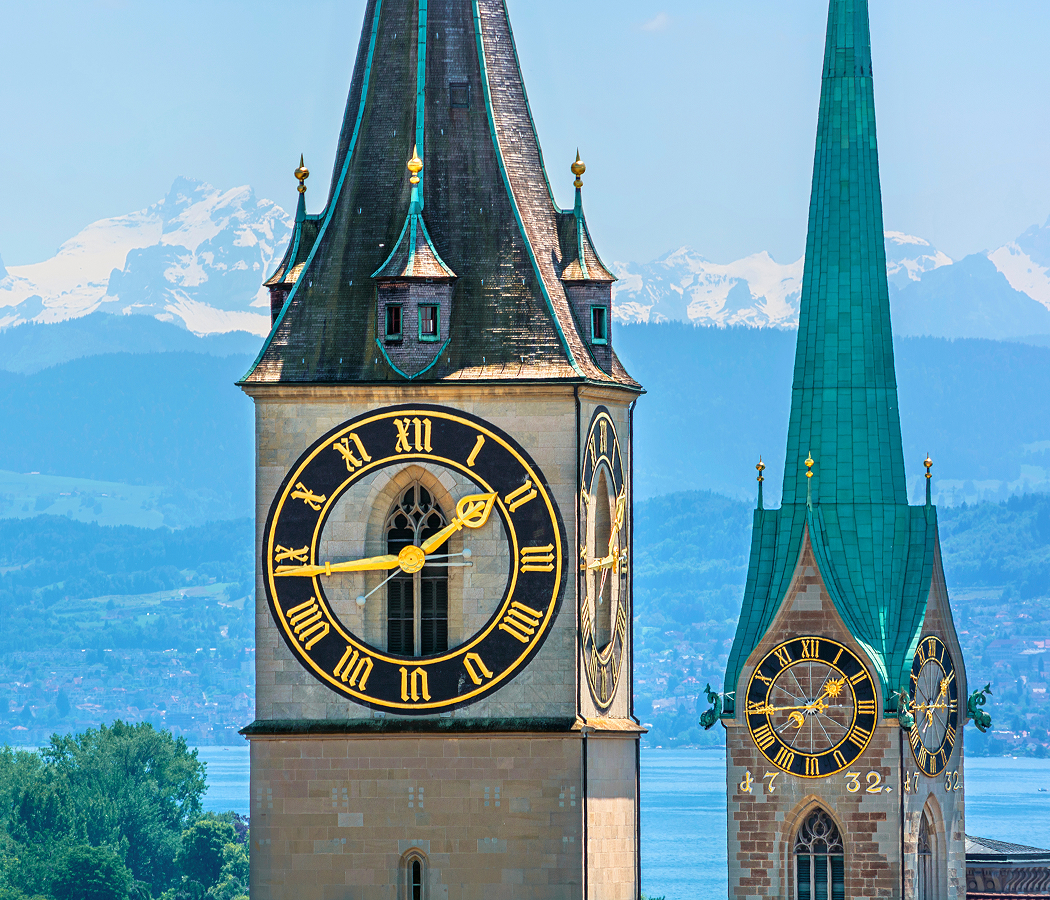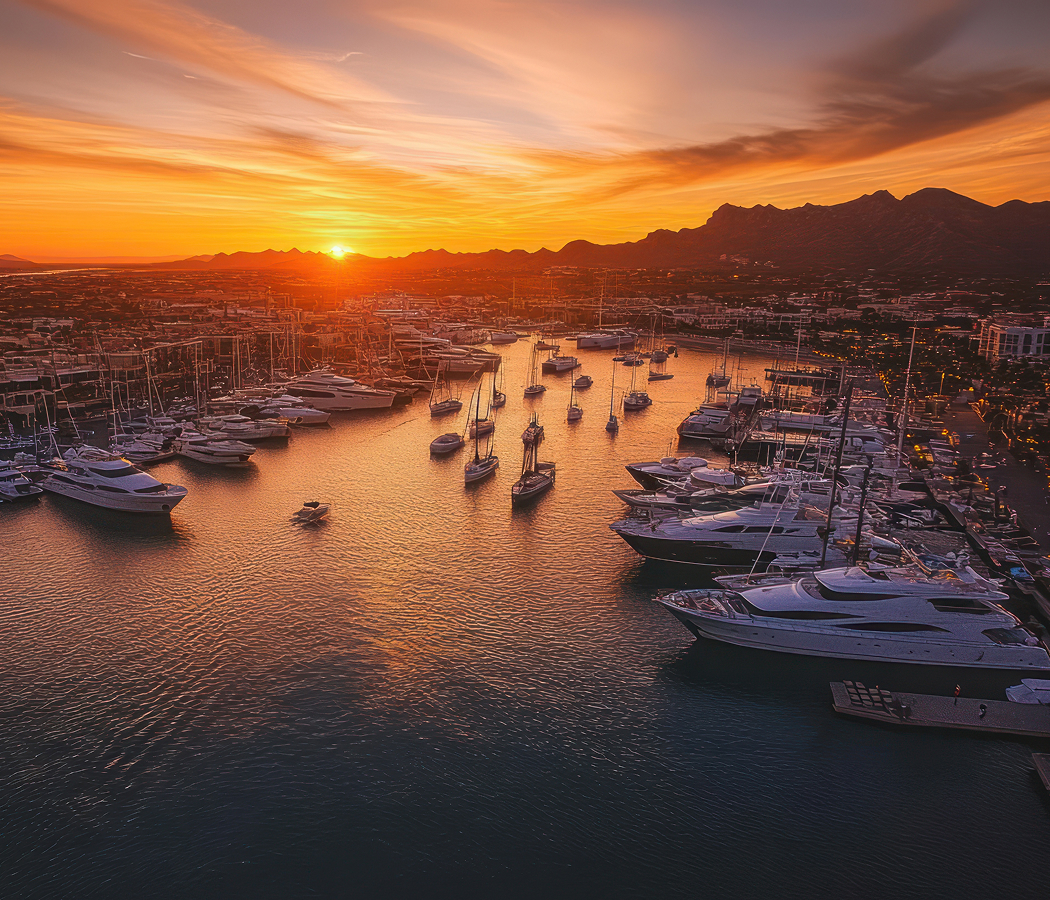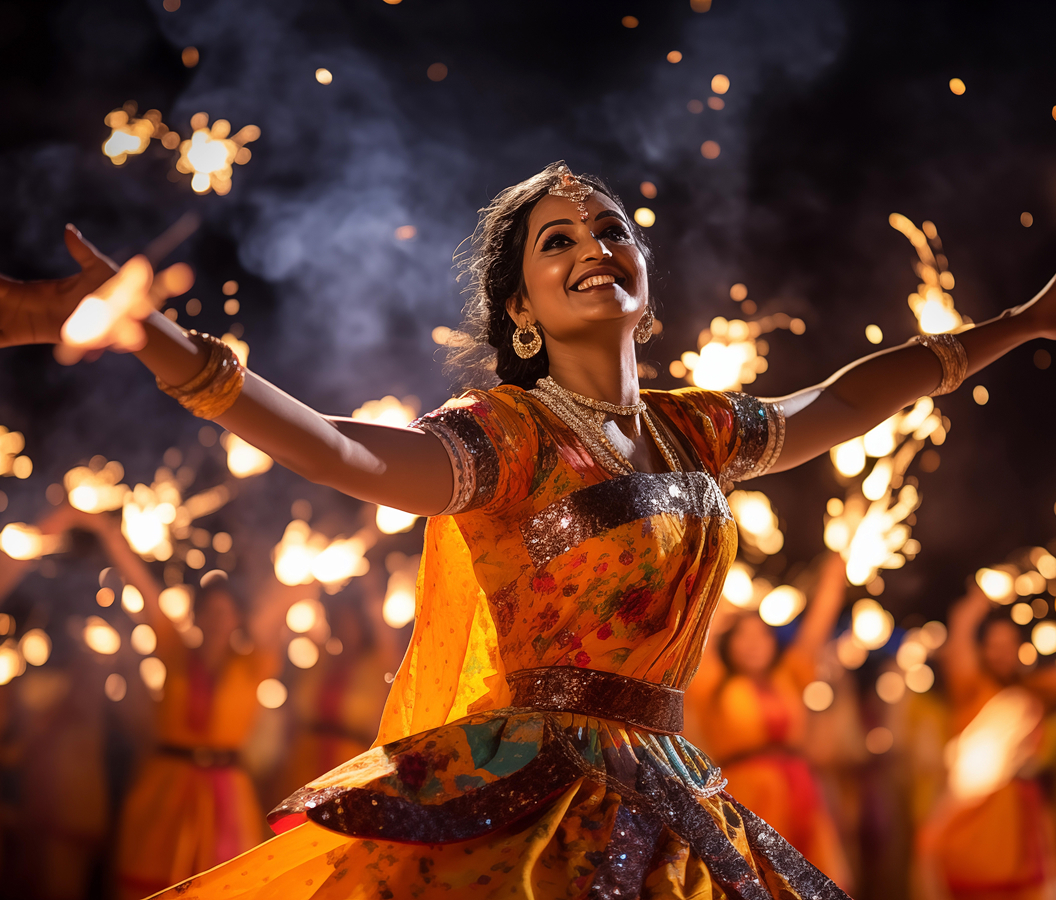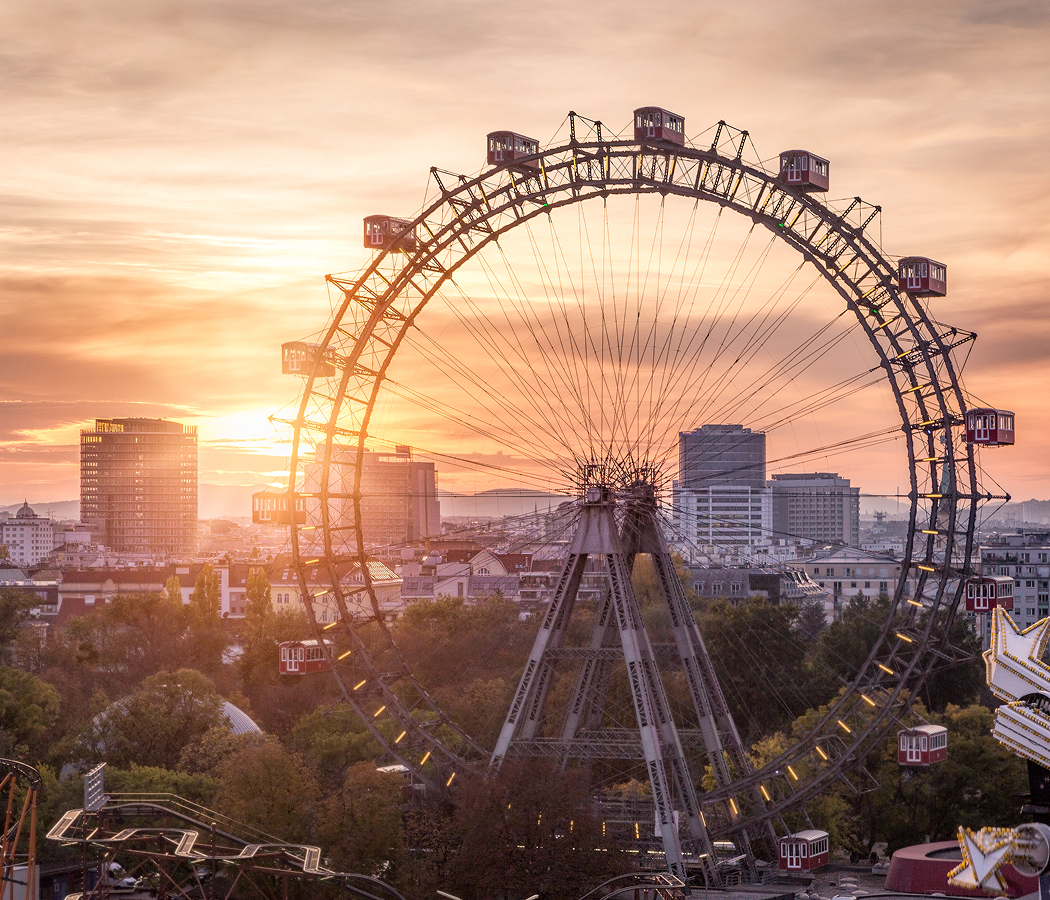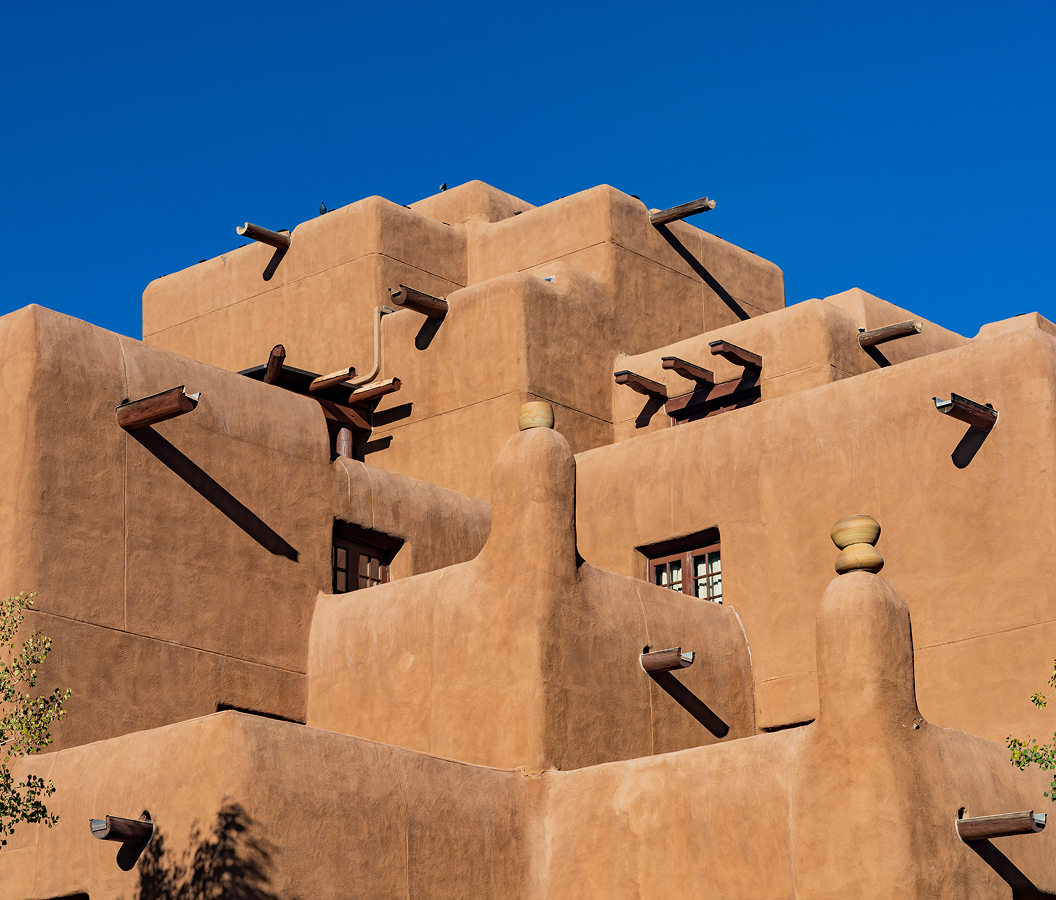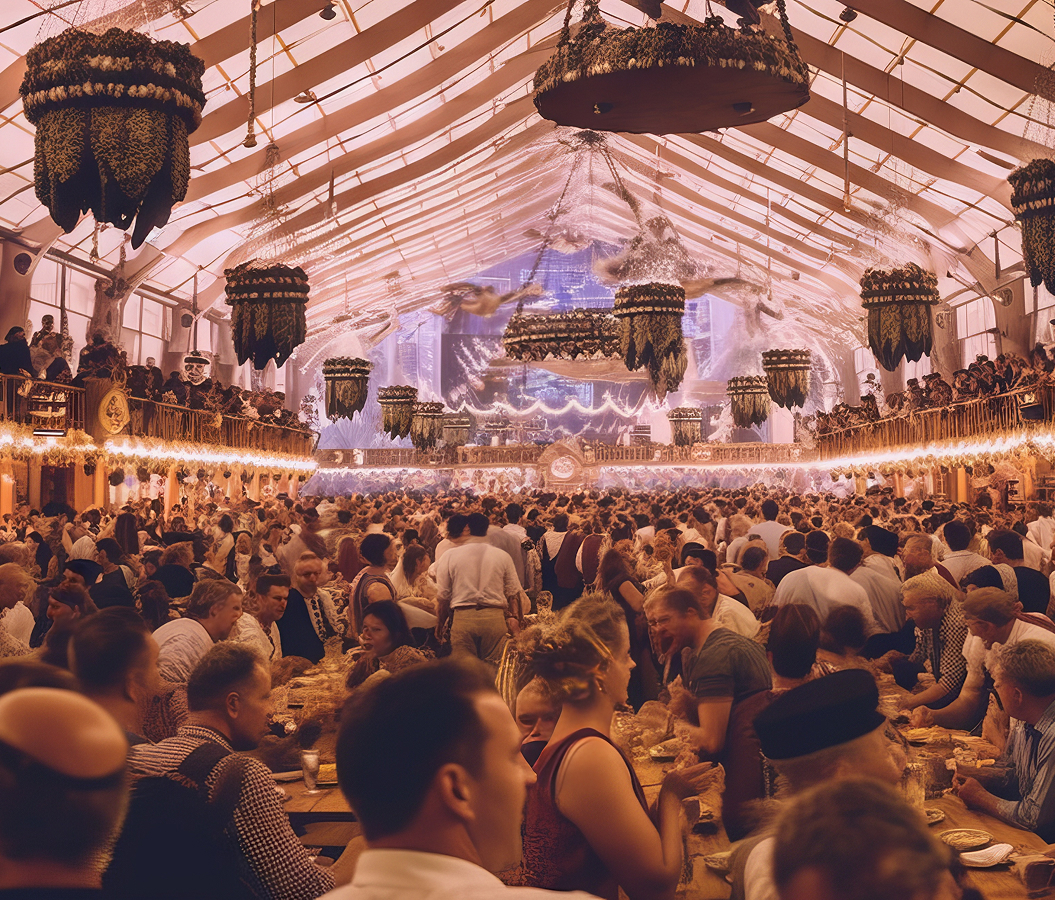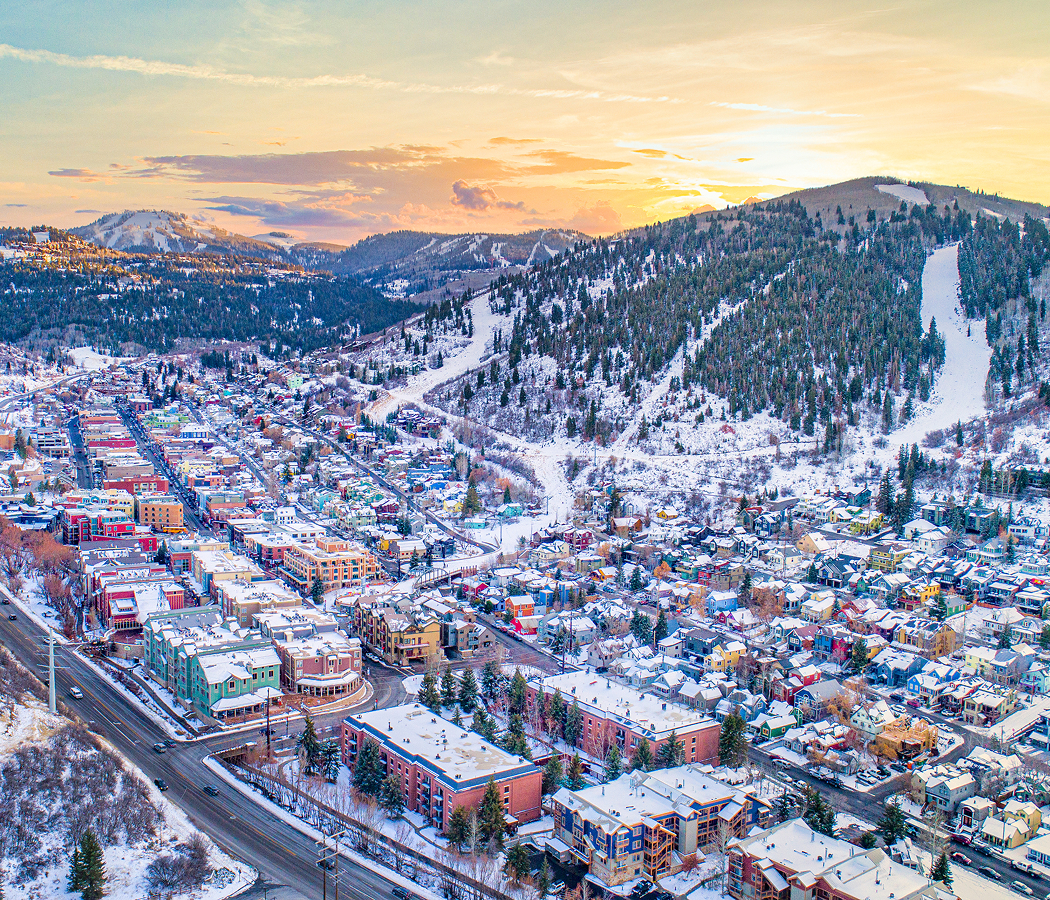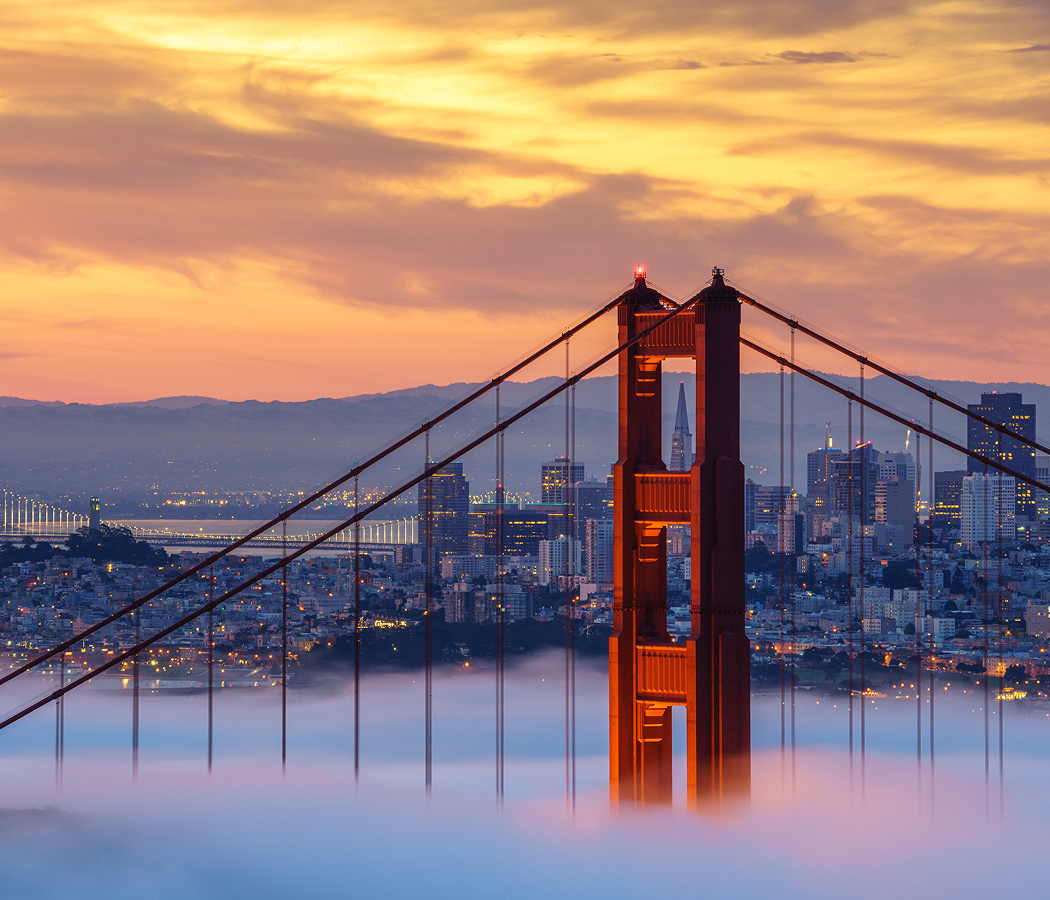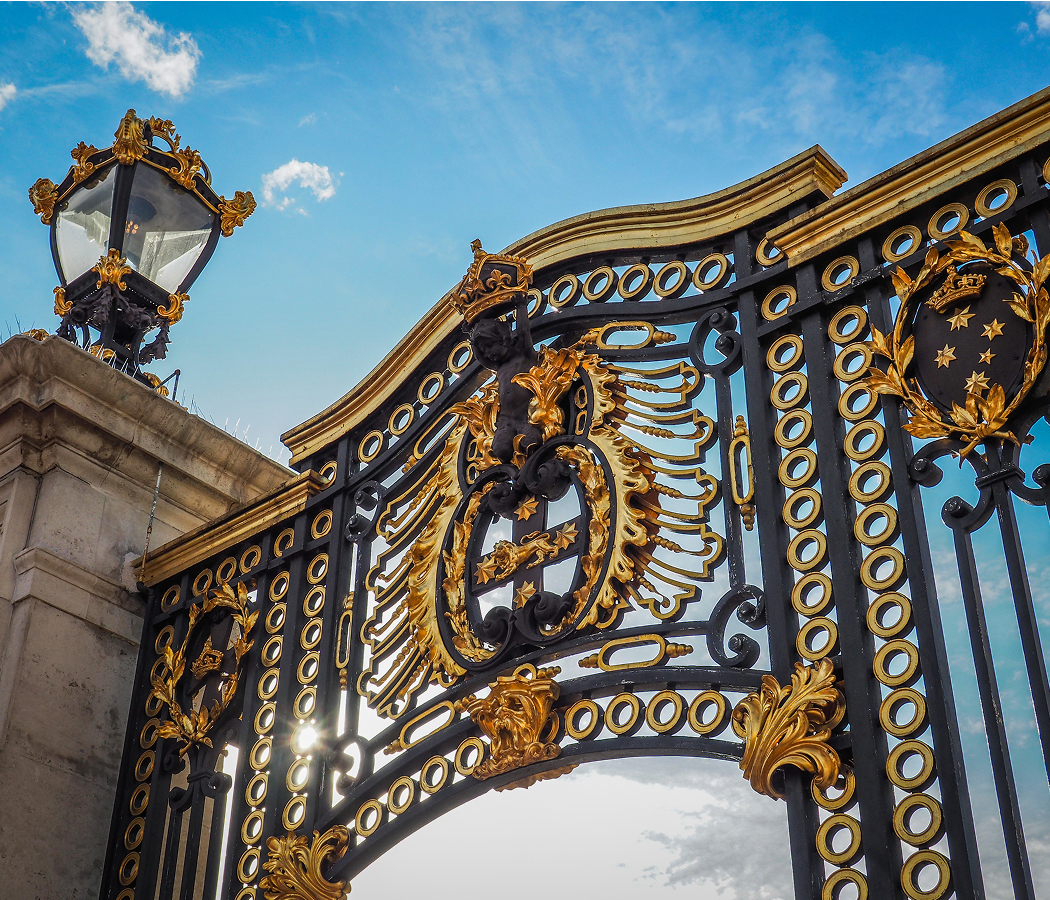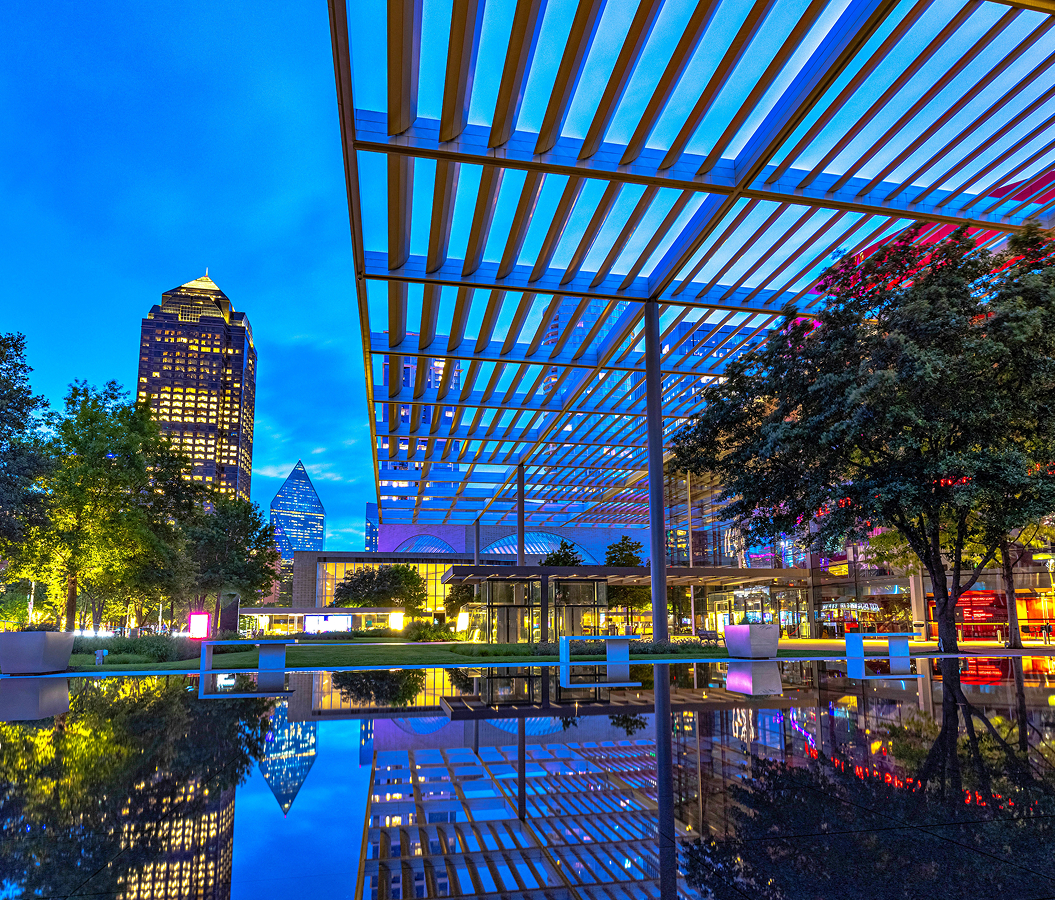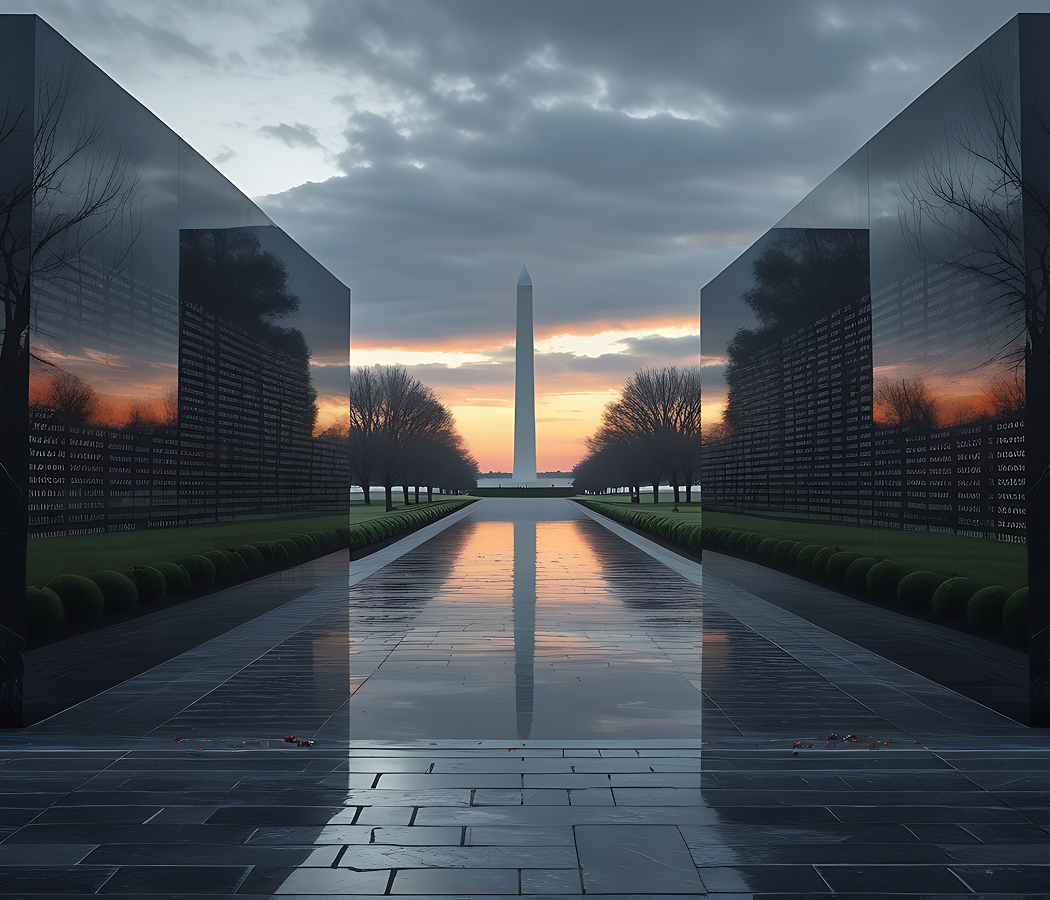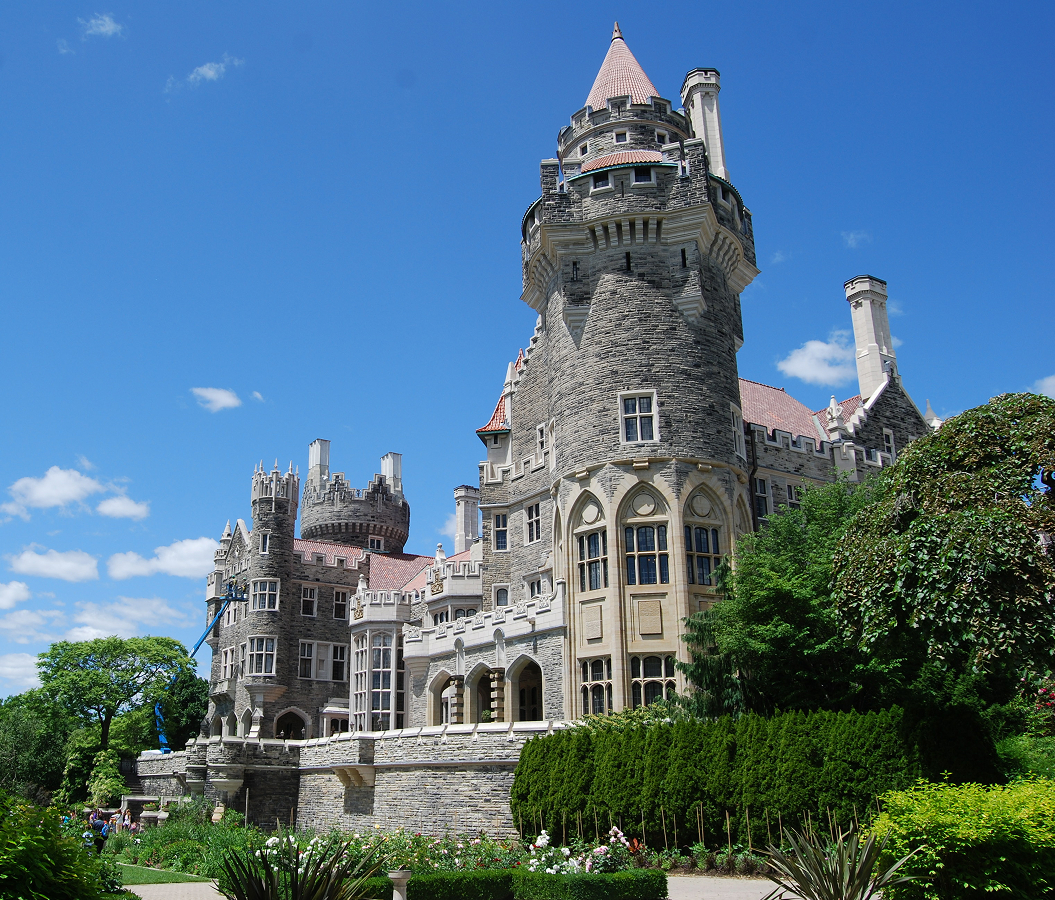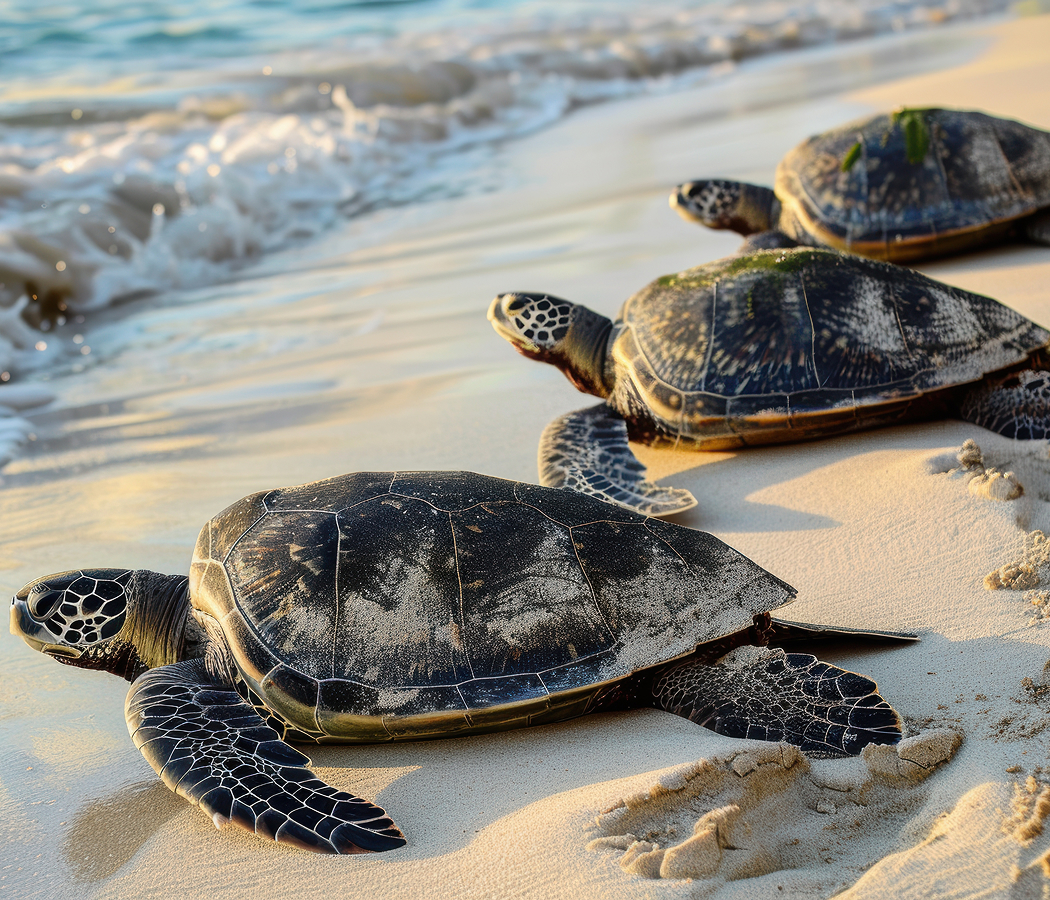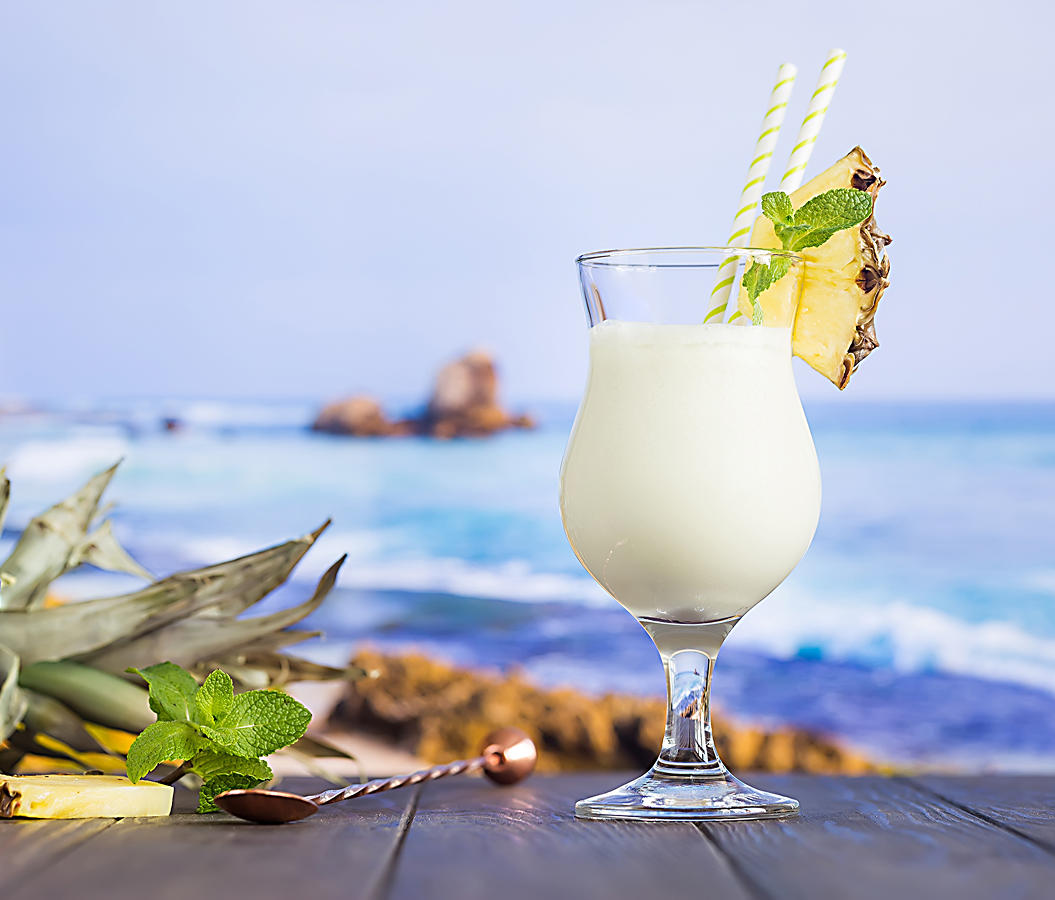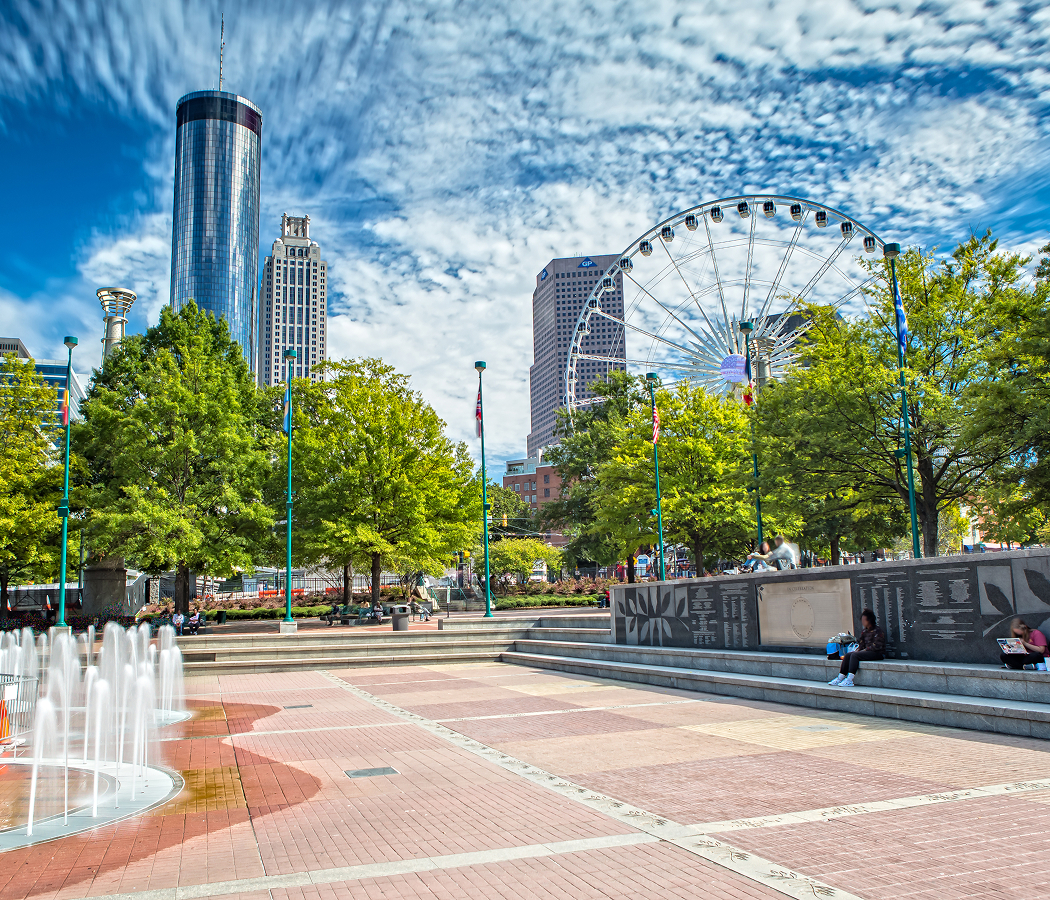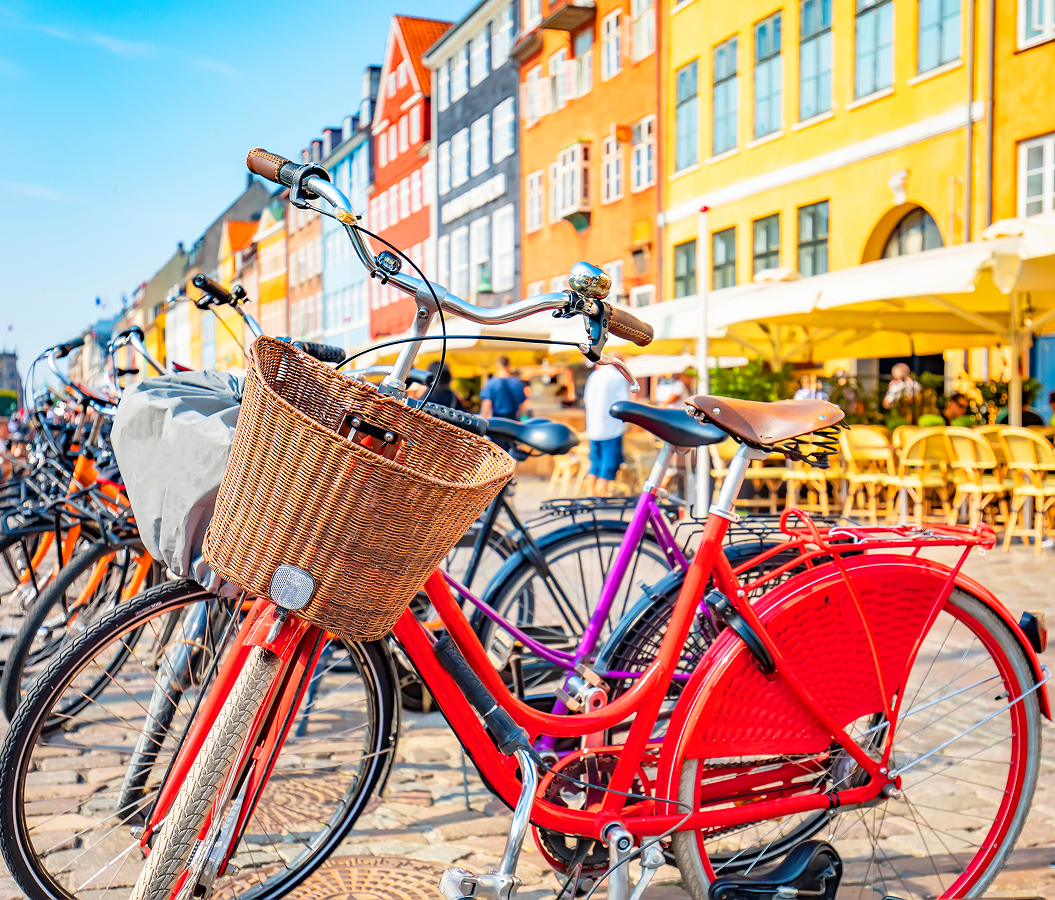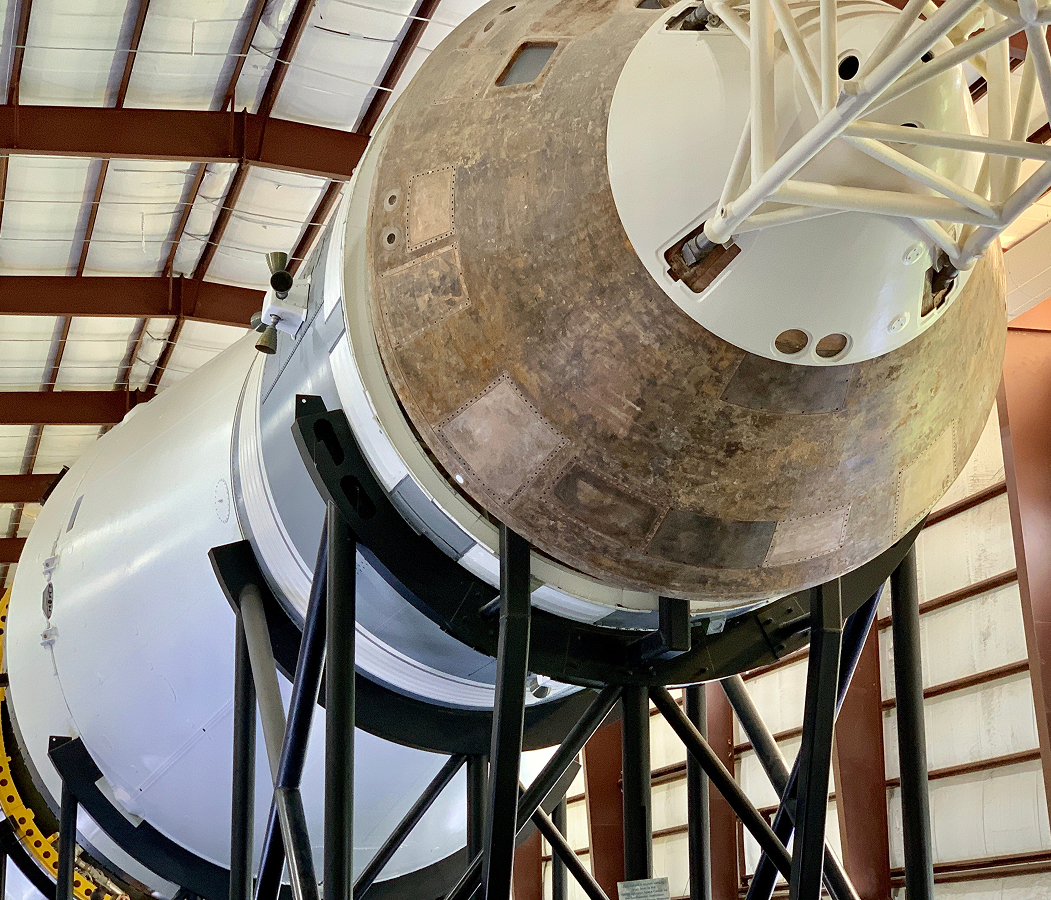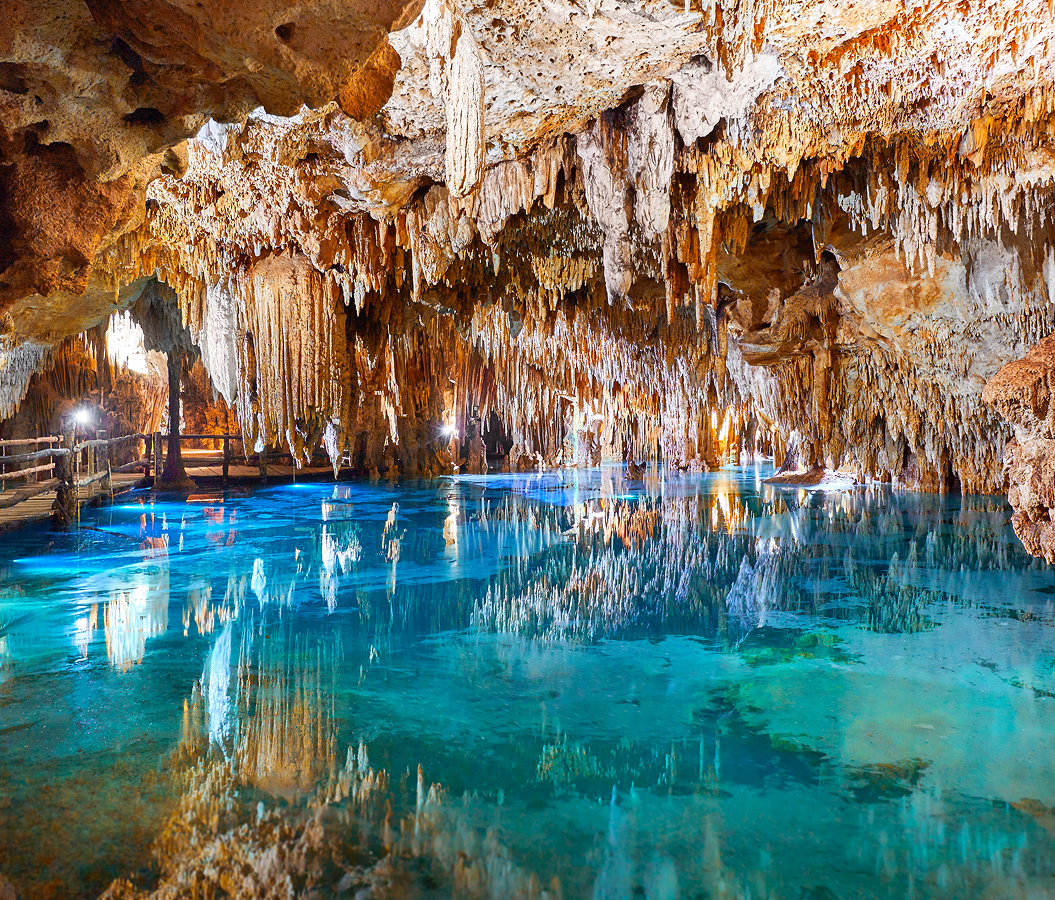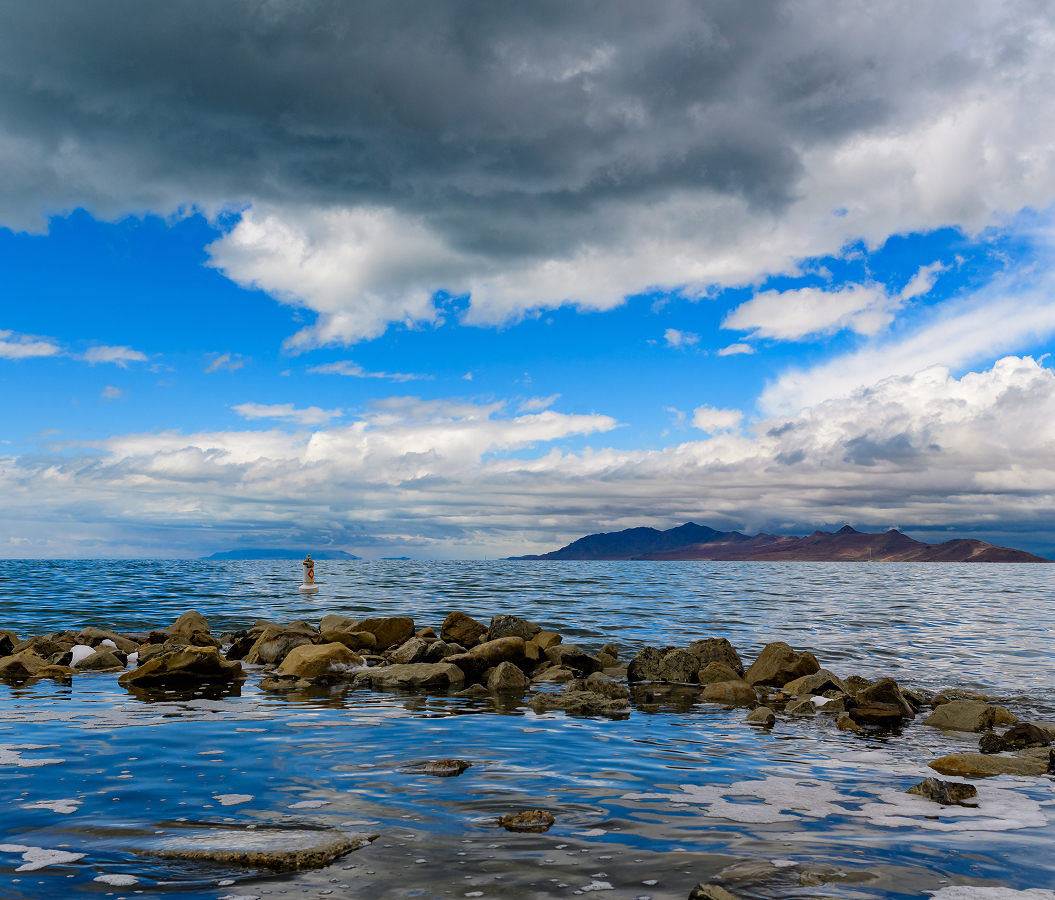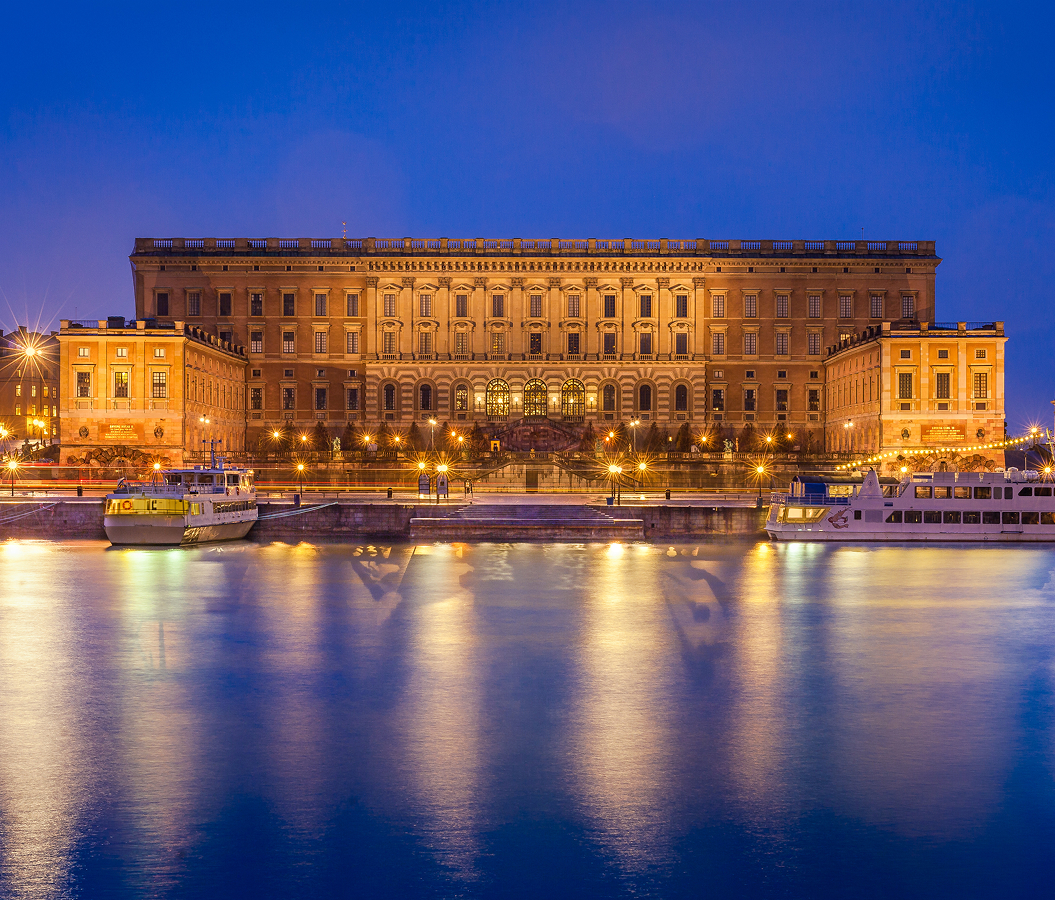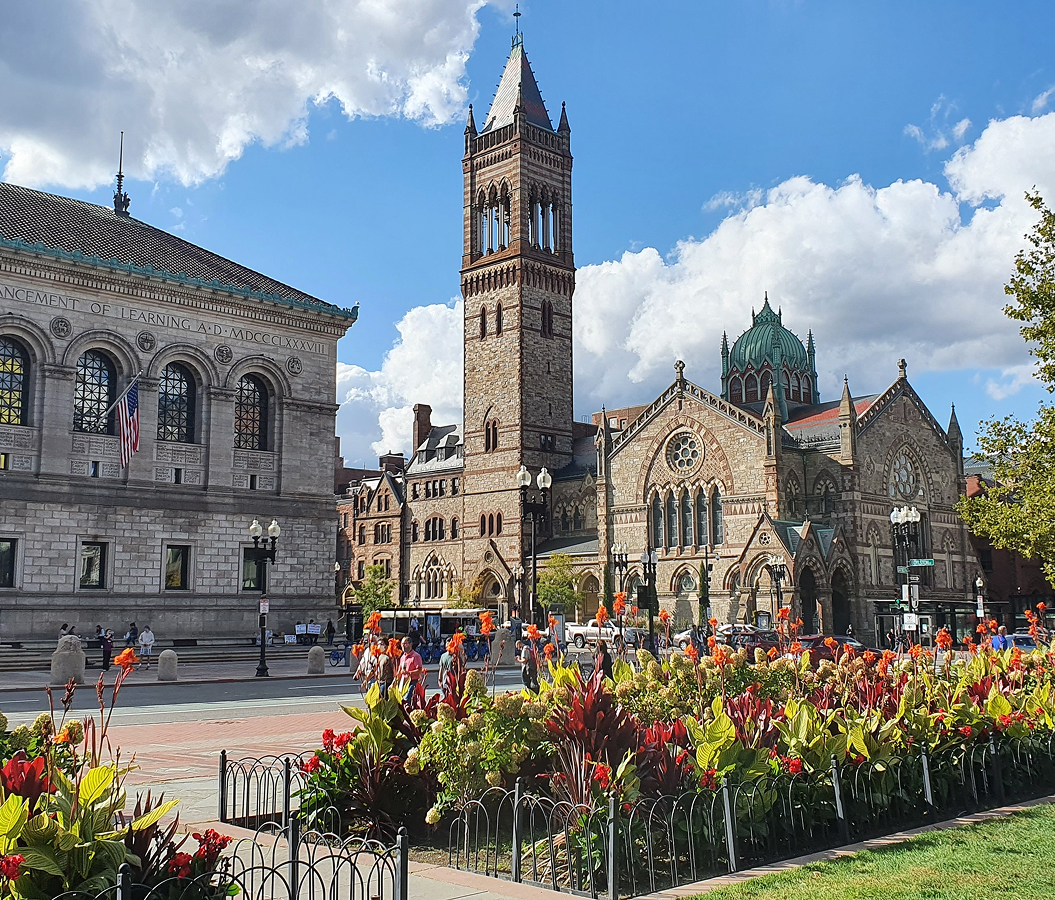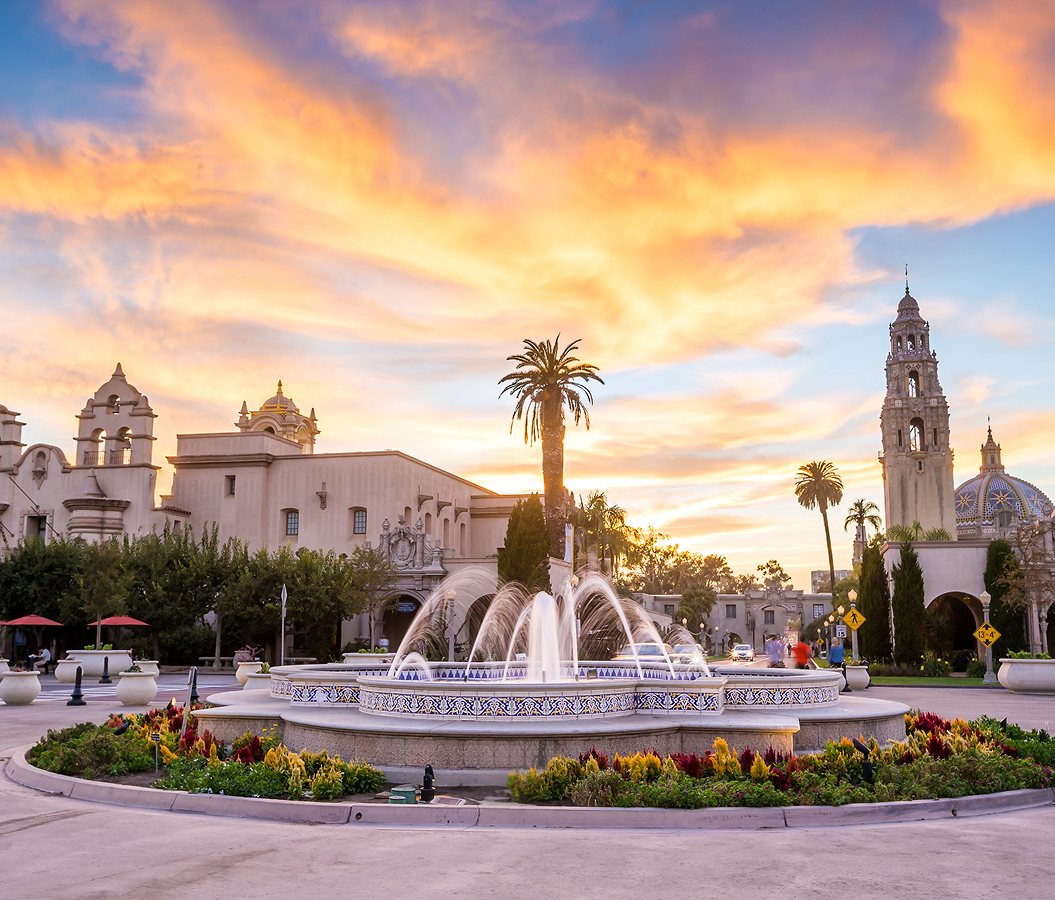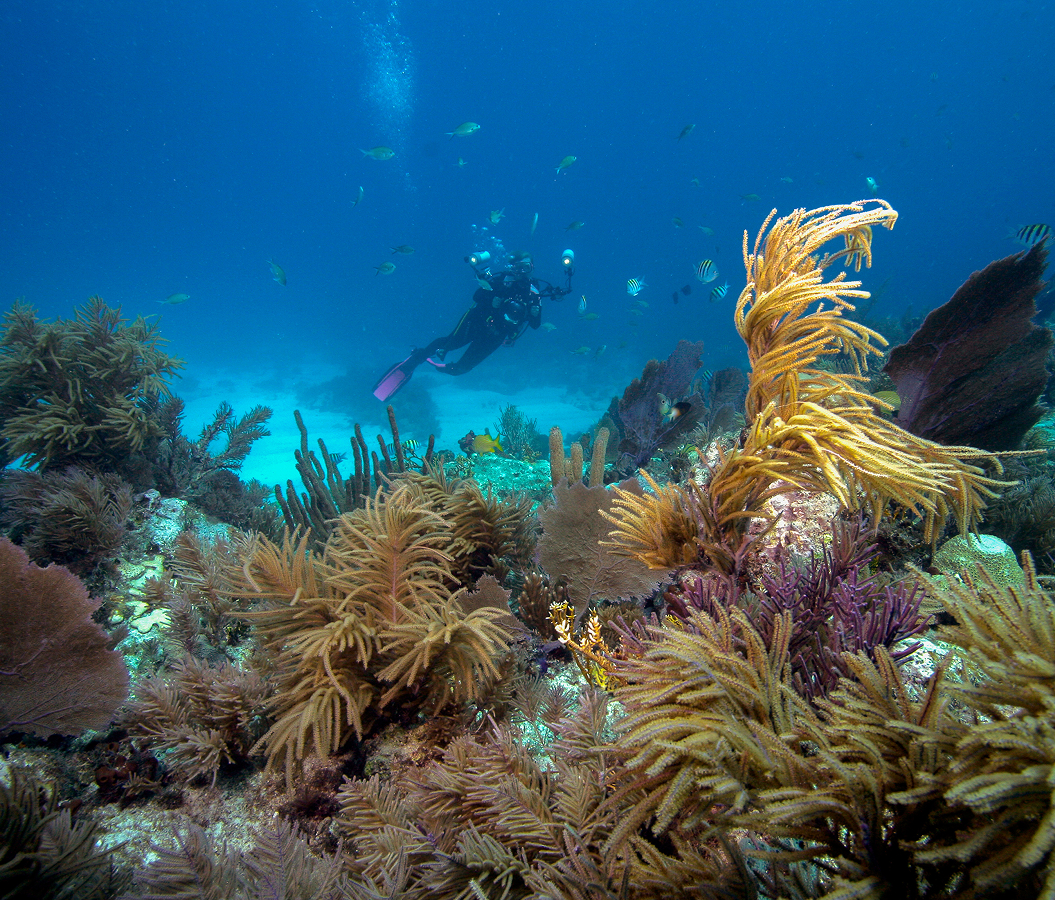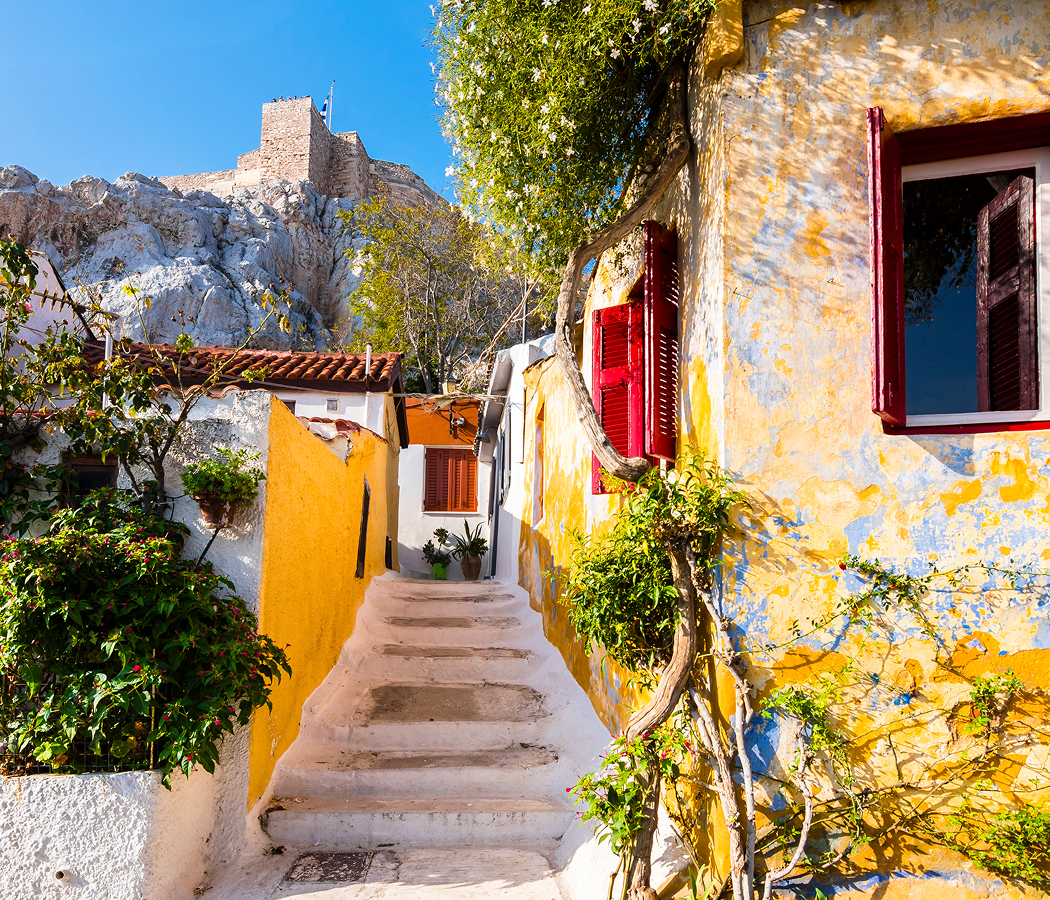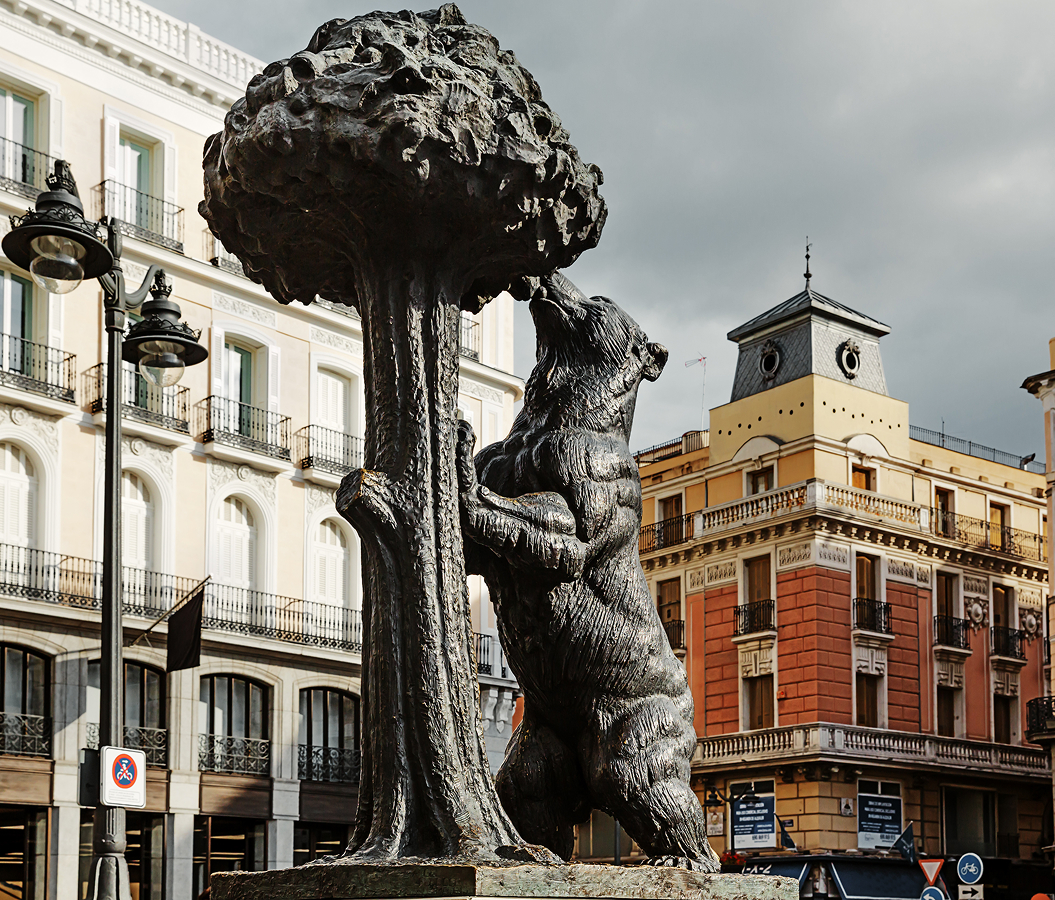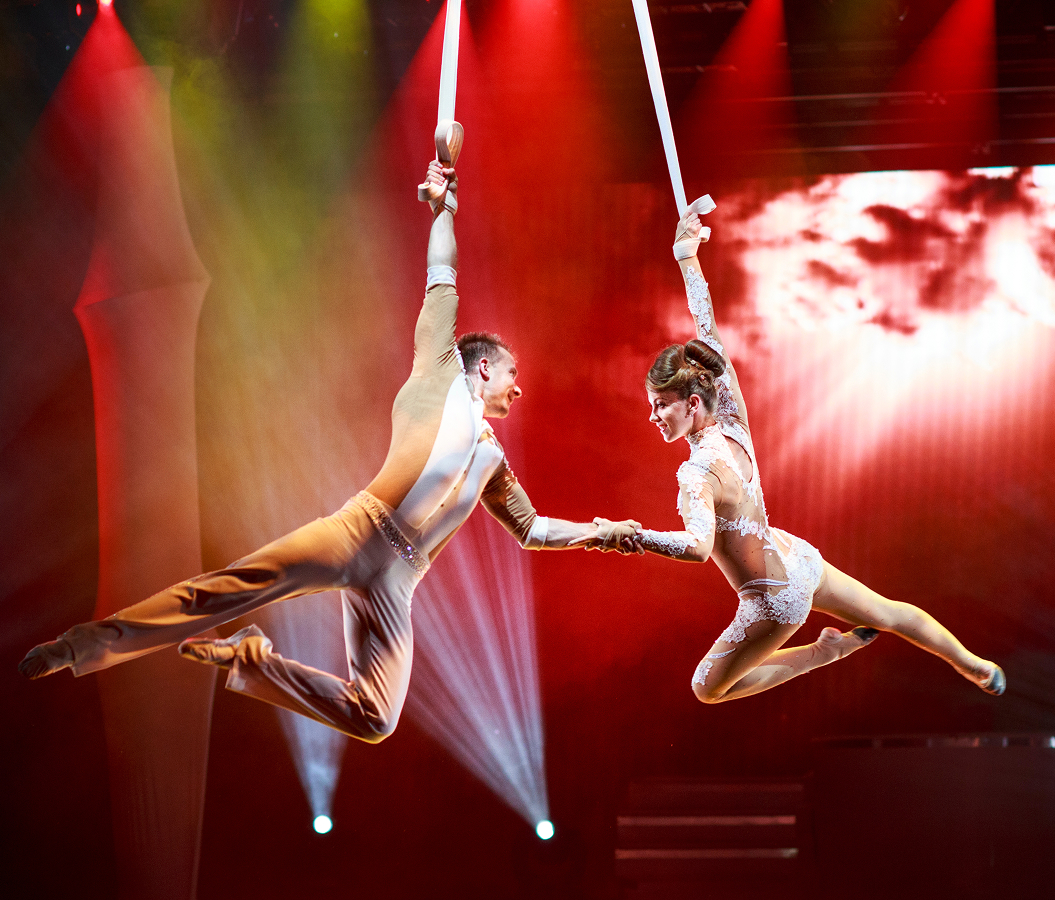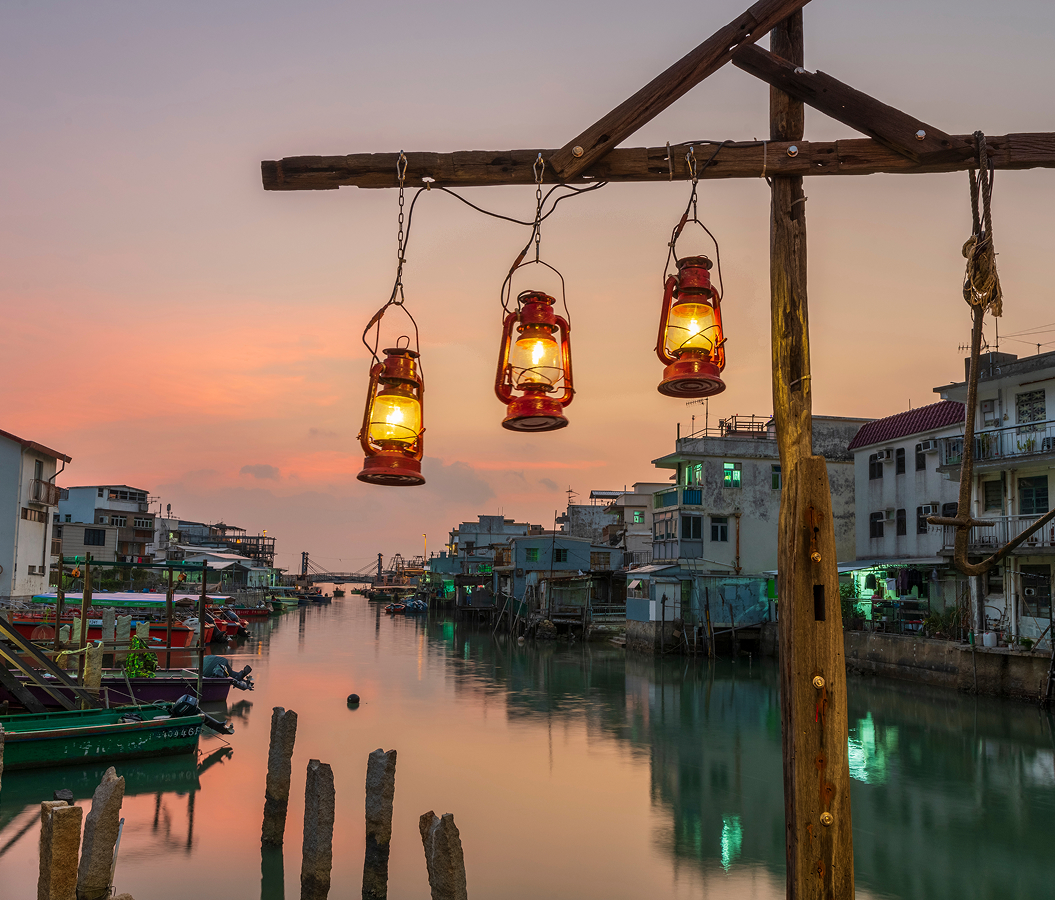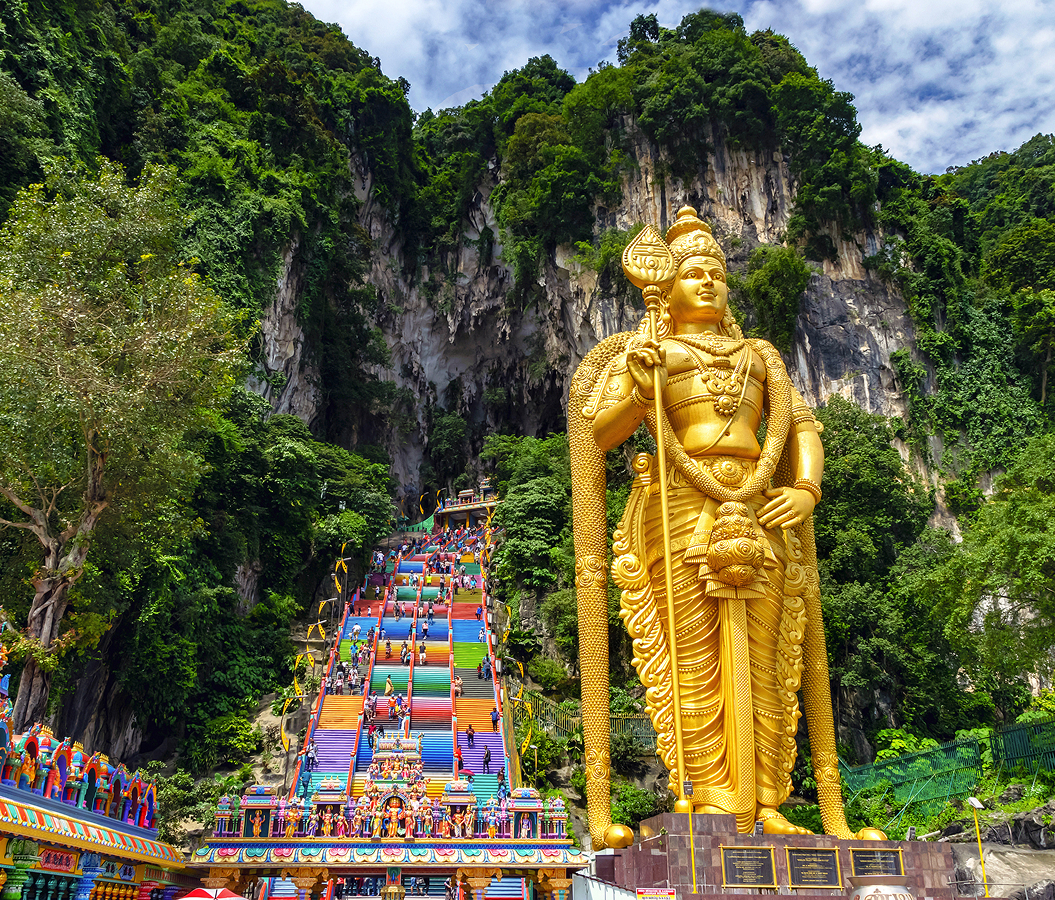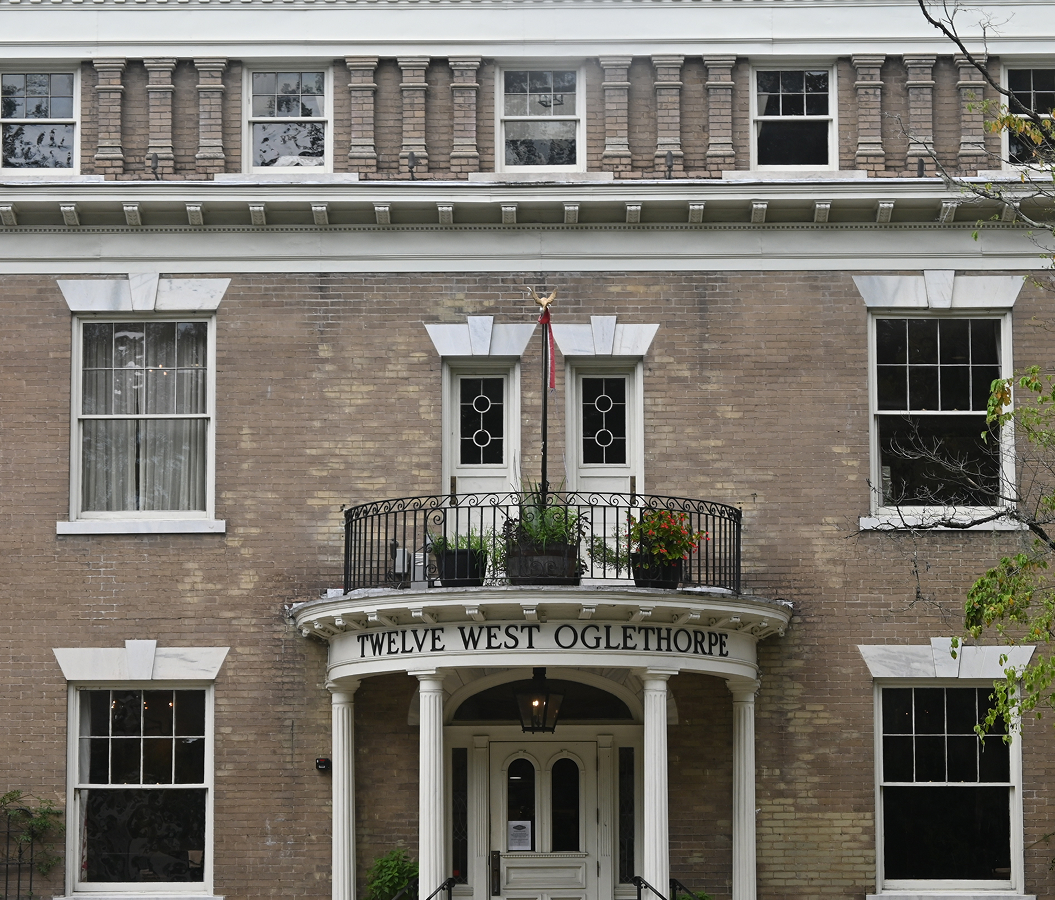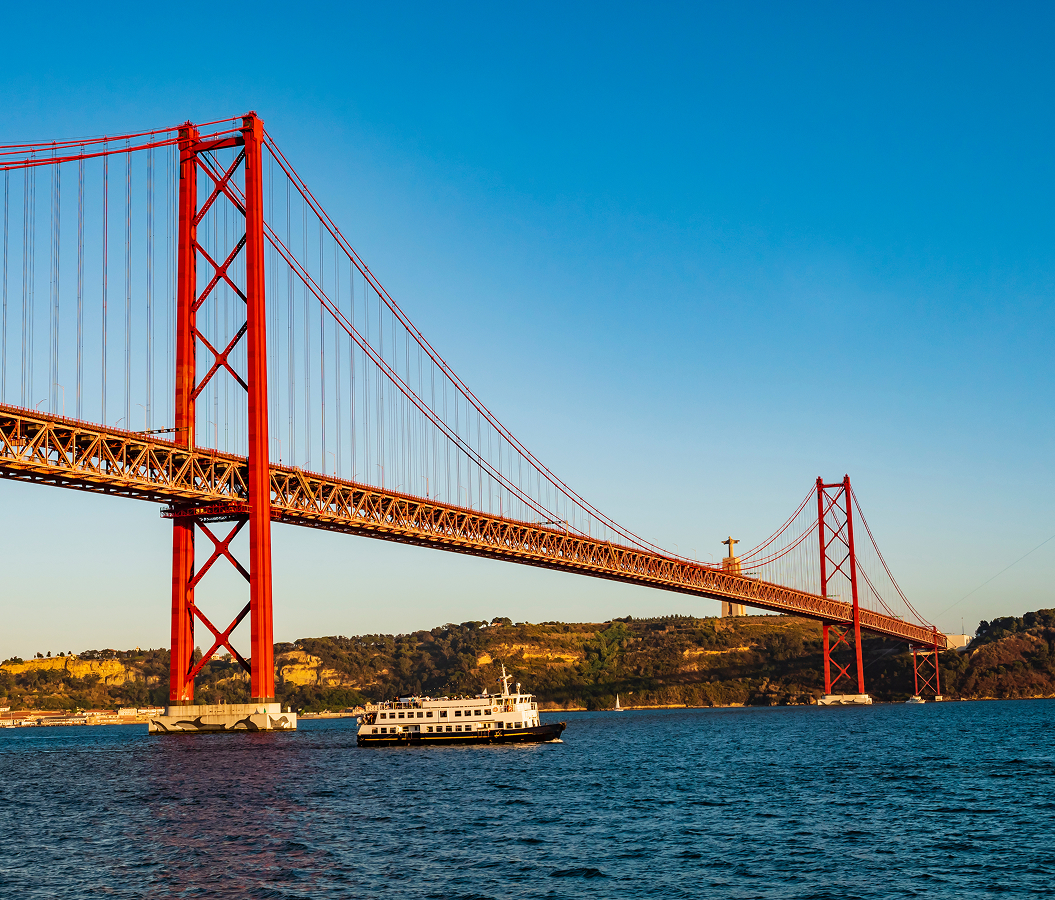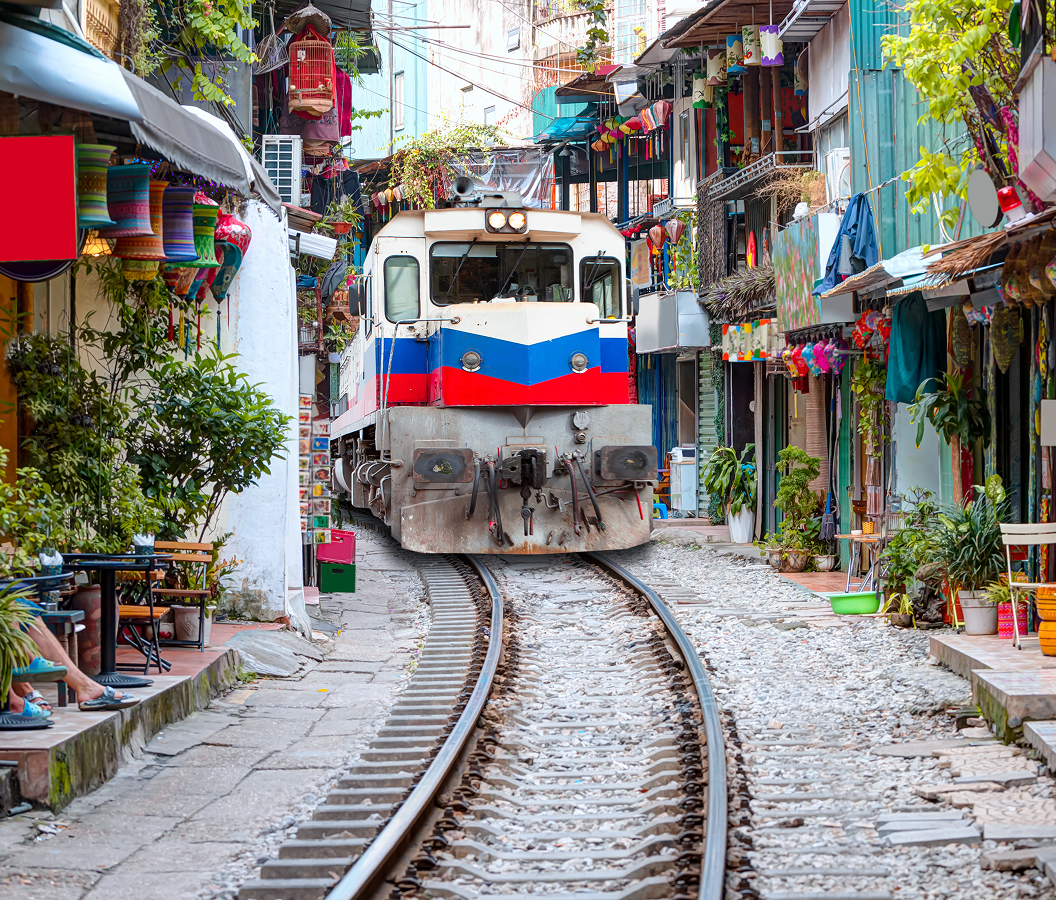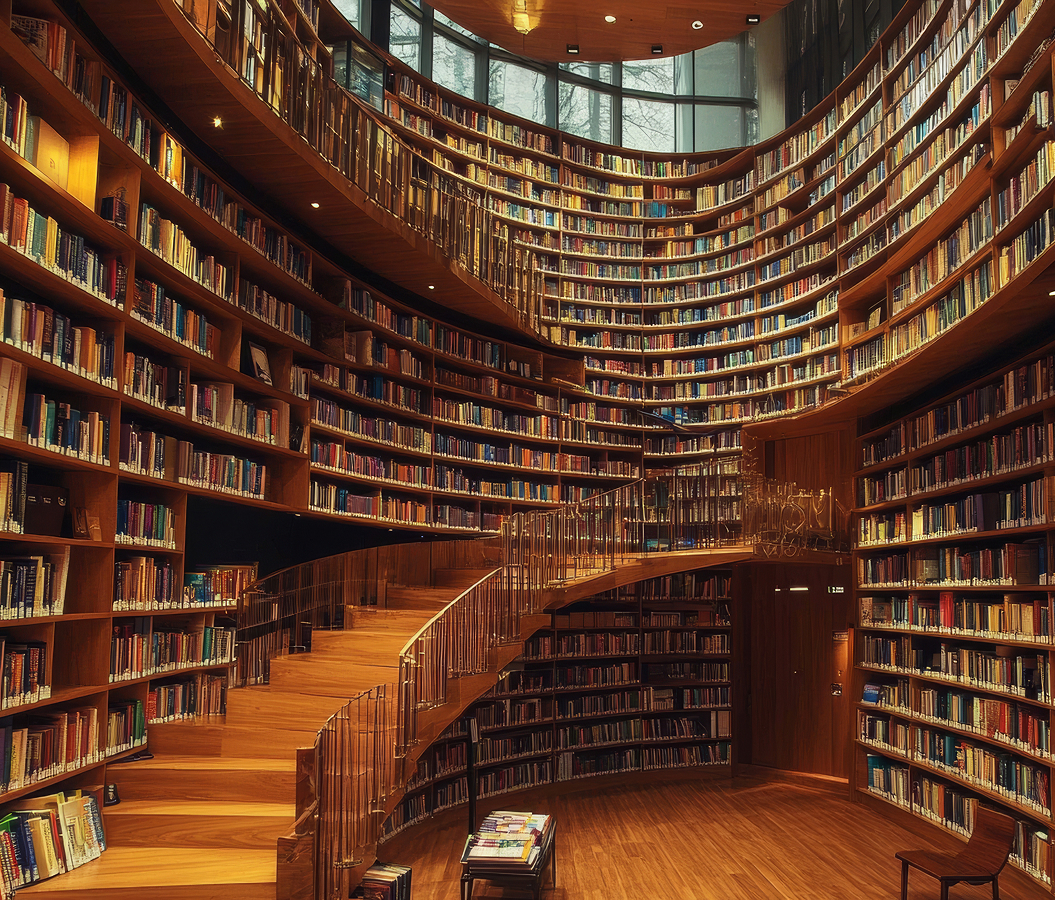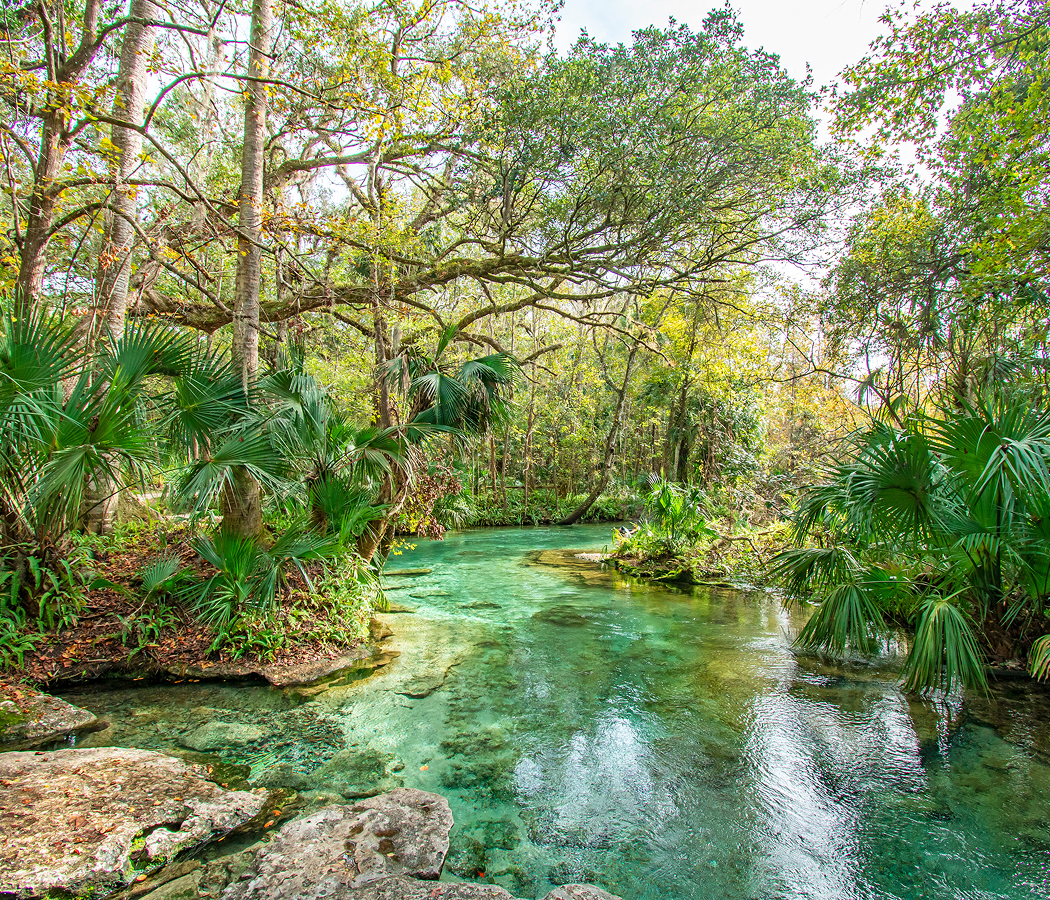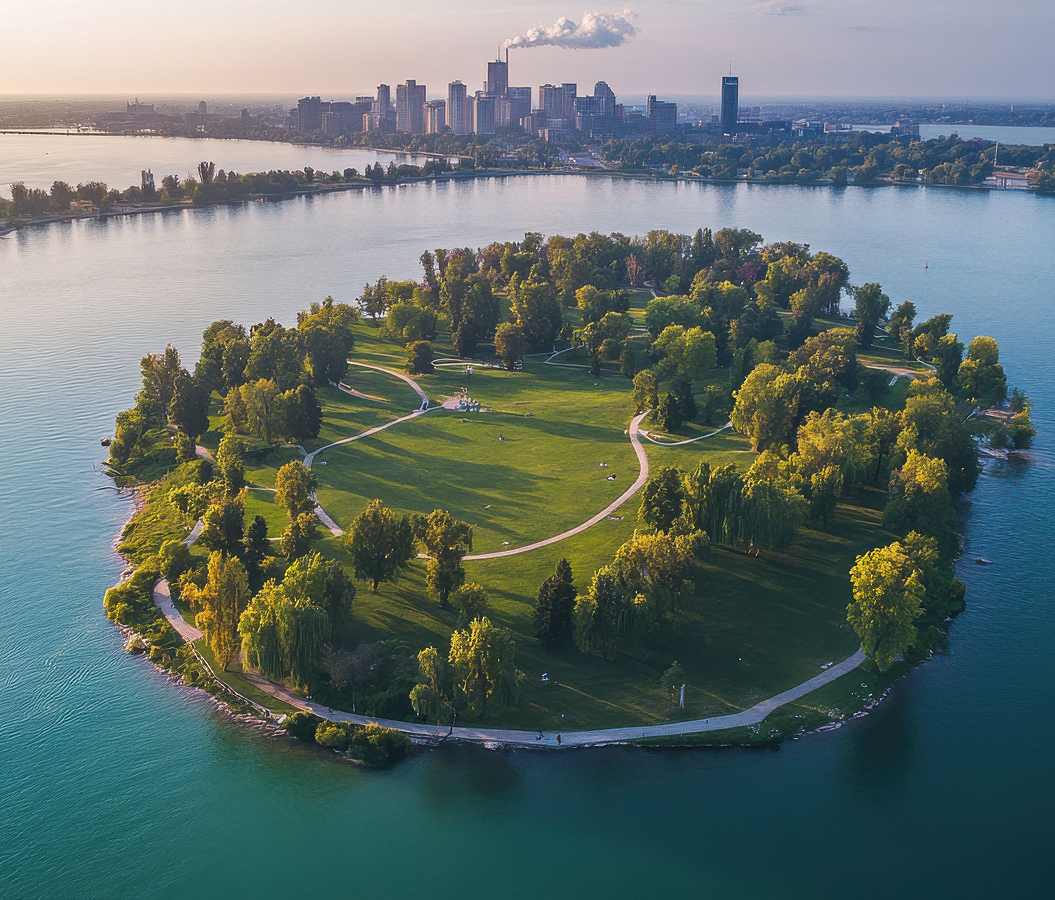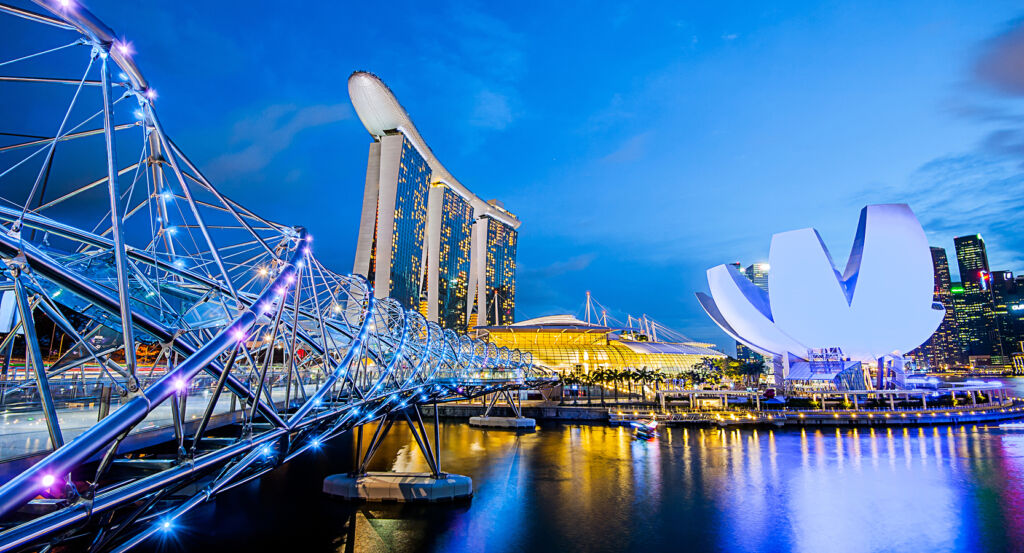
What you didn’t know about Singapore.
Beneath its modern, impeccably structured surface, Singapore holds a depth of cultural layering, ecological innovation, and historical resilience far richer than most visitors ever realize.
Its foundations stretch back to the 14th century, when it was known as Temasek, a thriving port long before Stamford Raffles arrived in the 1800s. The island’s strategic position turned it into a magnet for traders from China, India, the Malay Peninsula, Arabia, and beyond, forming the multicultural core that still defines it today. Singapore’s transformation from fishing village to global powerhouse is one of the most astonishing urban evolutions in modern history: land reclaimed from the sea, forests replanted rather than destroyed, and entire ecological systems engineered to thrive within a metropolis. Gardens by the Bay isn’t just beautiful, it’s an environmental engine, capturing heat, filtering air, generating power, and showcasing biodiversity in ways that feel almost utopian. Even the famed Supertrees serve ecological purposes beyond their spectacle. Singapore also protects one of the last remaining patches of primary rainforest in the world within city limits: Bukit Timah Nature Reserve, home to thousands of species found nowhere else. Its hawker culture is UNESCO-recognized, its architectural heritage preserved through meticulous policy, its reservoirs woven into the urban grid to collect and purify rainwater. And its strict laws, often joked about, are actually the backbone of a city that has achieved near-impossible harmony, safety, and cleanliness. Singapore isn’t just futuristic. It’s one of the world’s most intentional, engineered, and ecologically visionary cities.
Five fascinations about Singapore.
5. It’s one of only three surviving city-states in the world.
Alongside Monaco and Vatican City, Singapore is a rare modern city-state, both a country and a city in one. It governs like a nation but moves like a metropolis, with its own rules, rhythms, and sense of scale.
4. There’s a rainforest inside the airport.
Changi Airport isn’t just a hub, it’s an experience. Home to the world’s tallest indoor waterfall and a lush forest canopy inside Jewel, it turns layovers into miniature vacations. Only in Singapore can airport time feel like luxury.
3. Chewing gum is banned, sort of.
Singapore’s gum ban is famous, but misunderstood. Medicinal gum is allowed with a prescription, and the ban was introduced not for moral reasons, but to keep public transit and streets clean. Even its strictest rules come with layers.
2. The national anthem is printed on the back of the $1,000 note.
“Majulah Singapura” is etched in microtext on Singapore’s highest-value currency, a subtle reminder that patriotism here is built into the details.
1. Singapore is expanding by building more of itself.
Faced with land scarcity, the country has been reclaiming land from the sea for decades. Entire neighborhoods, airports, and parks, including Marina Bay, sit on reclaimed ground. It’s not just a city that plans ahead. It builds the future beneath its own feet.
Where meaningful travel begins.
Start your journey with Foresyte, where the planning is part of the magic.
Discover the experiences that matter most.






